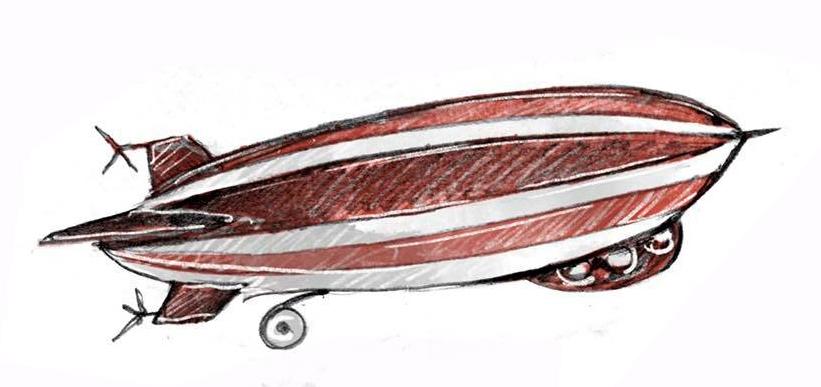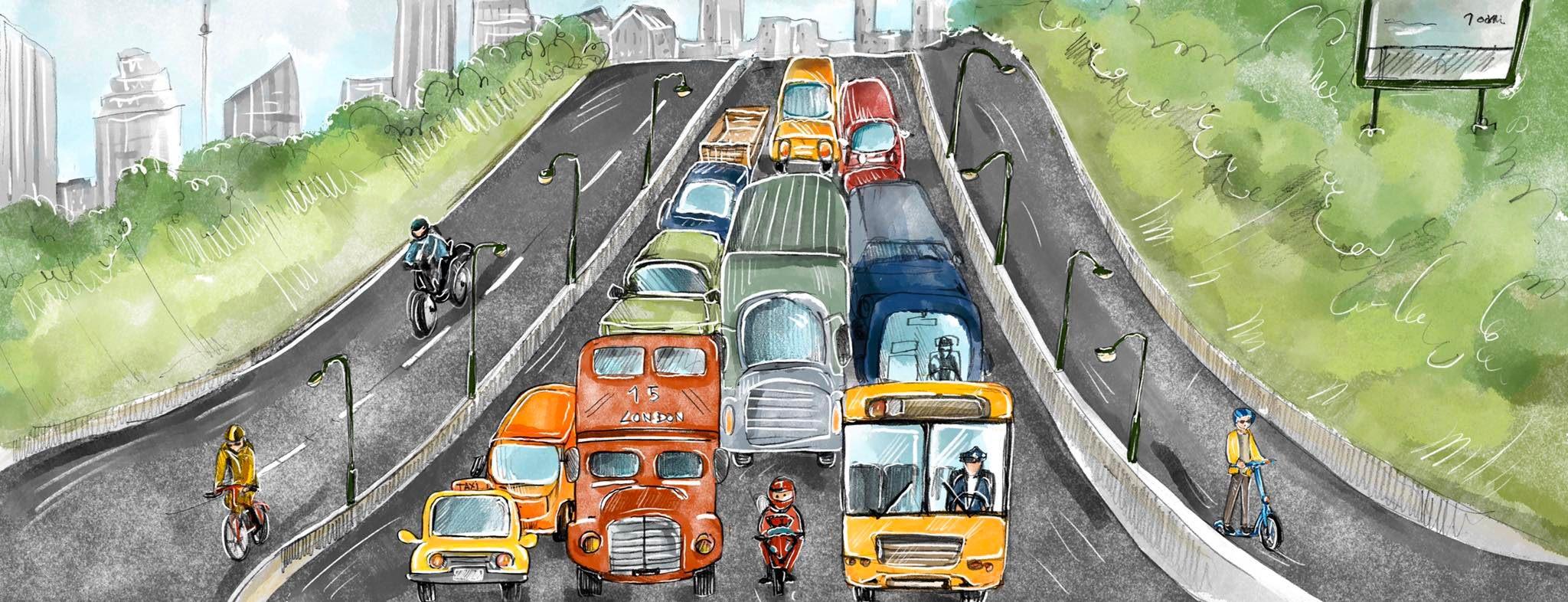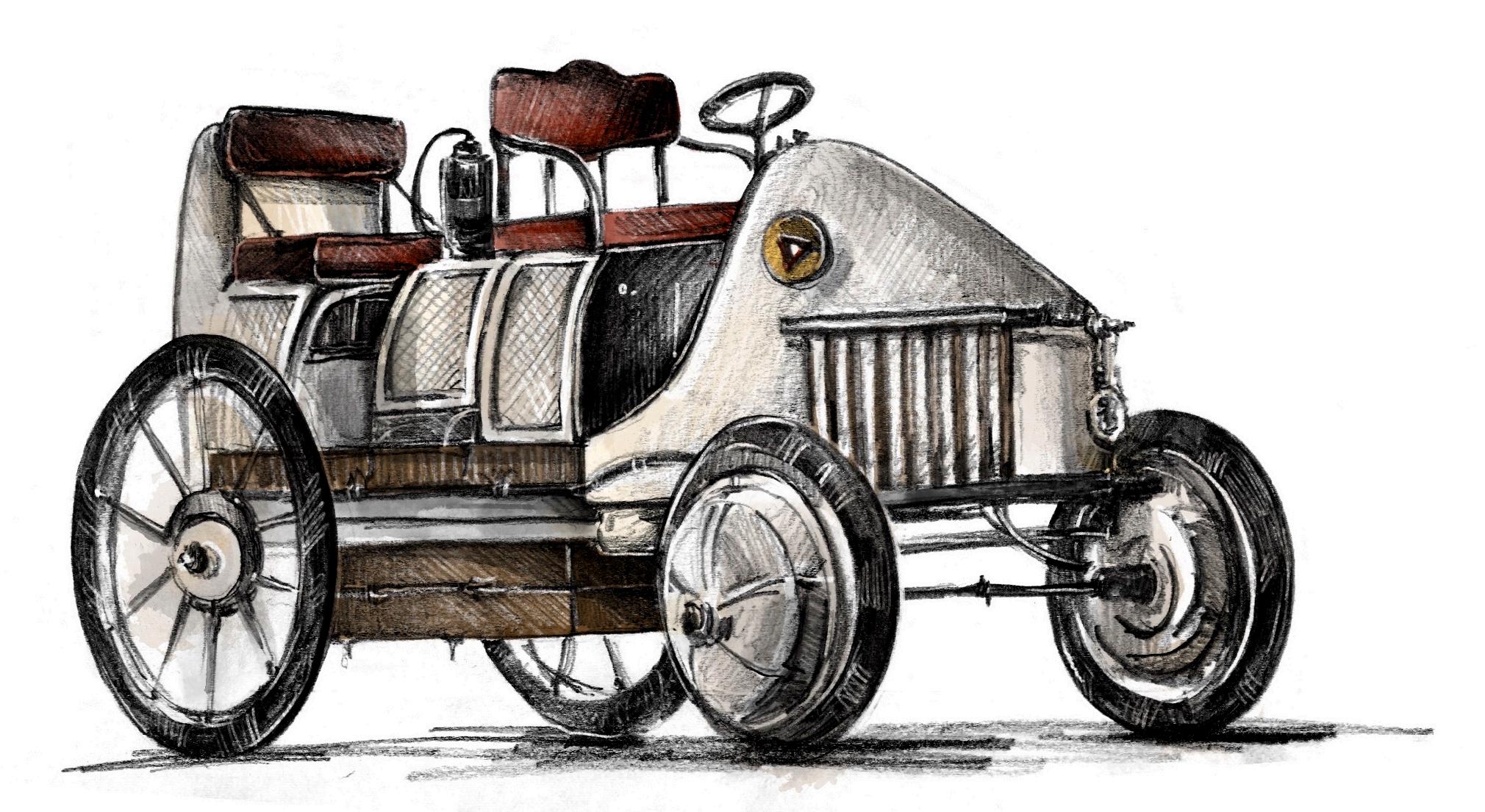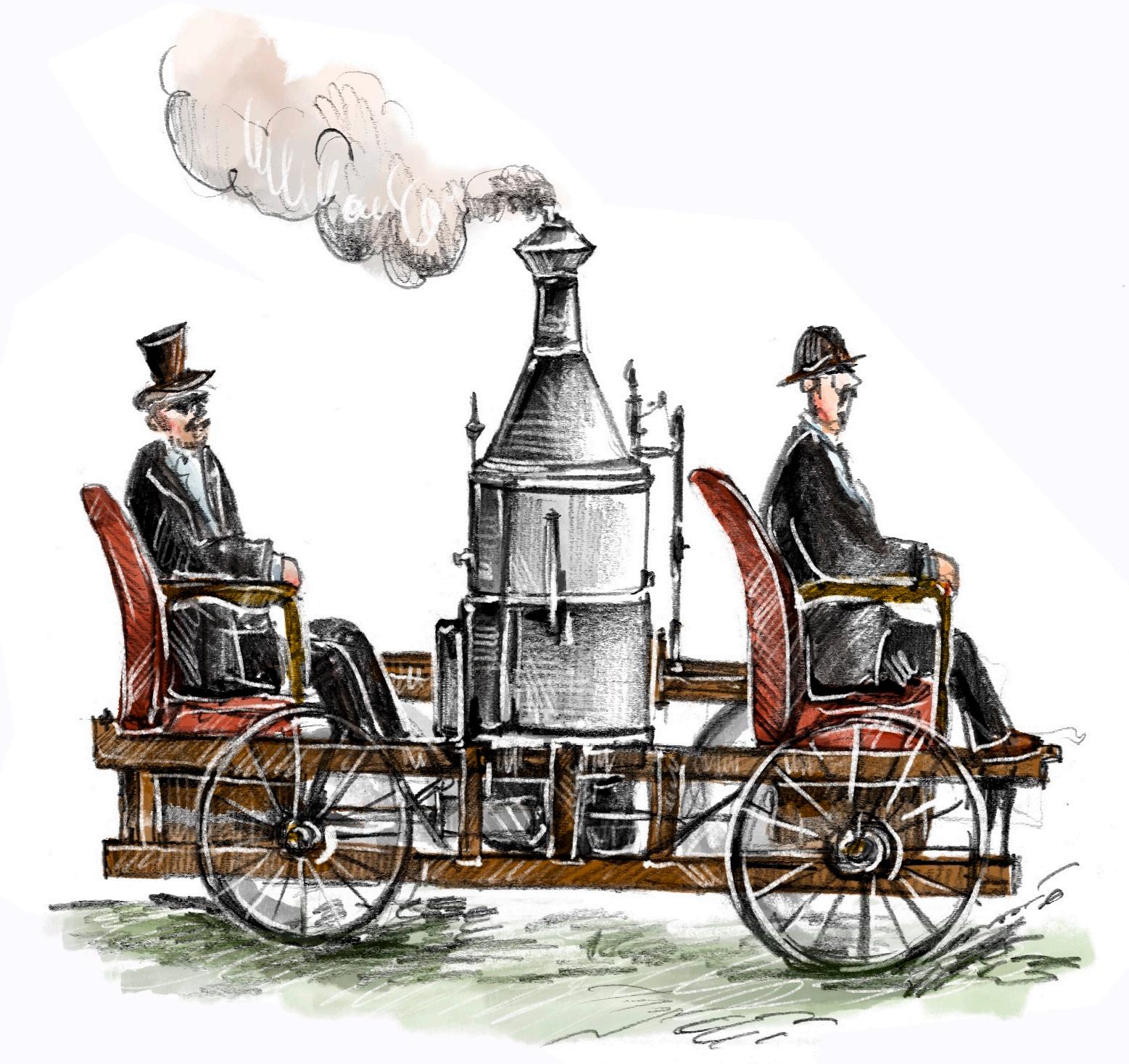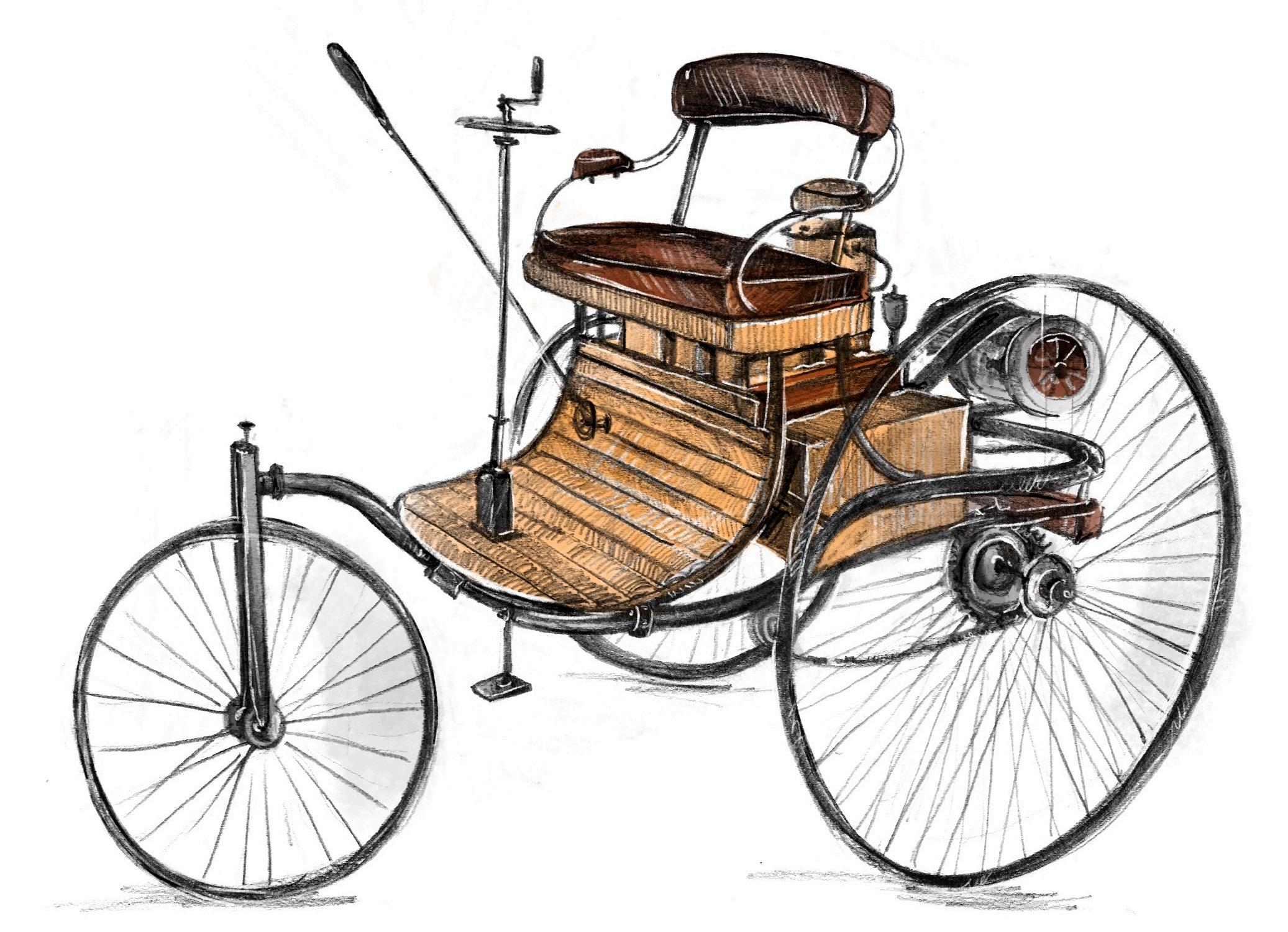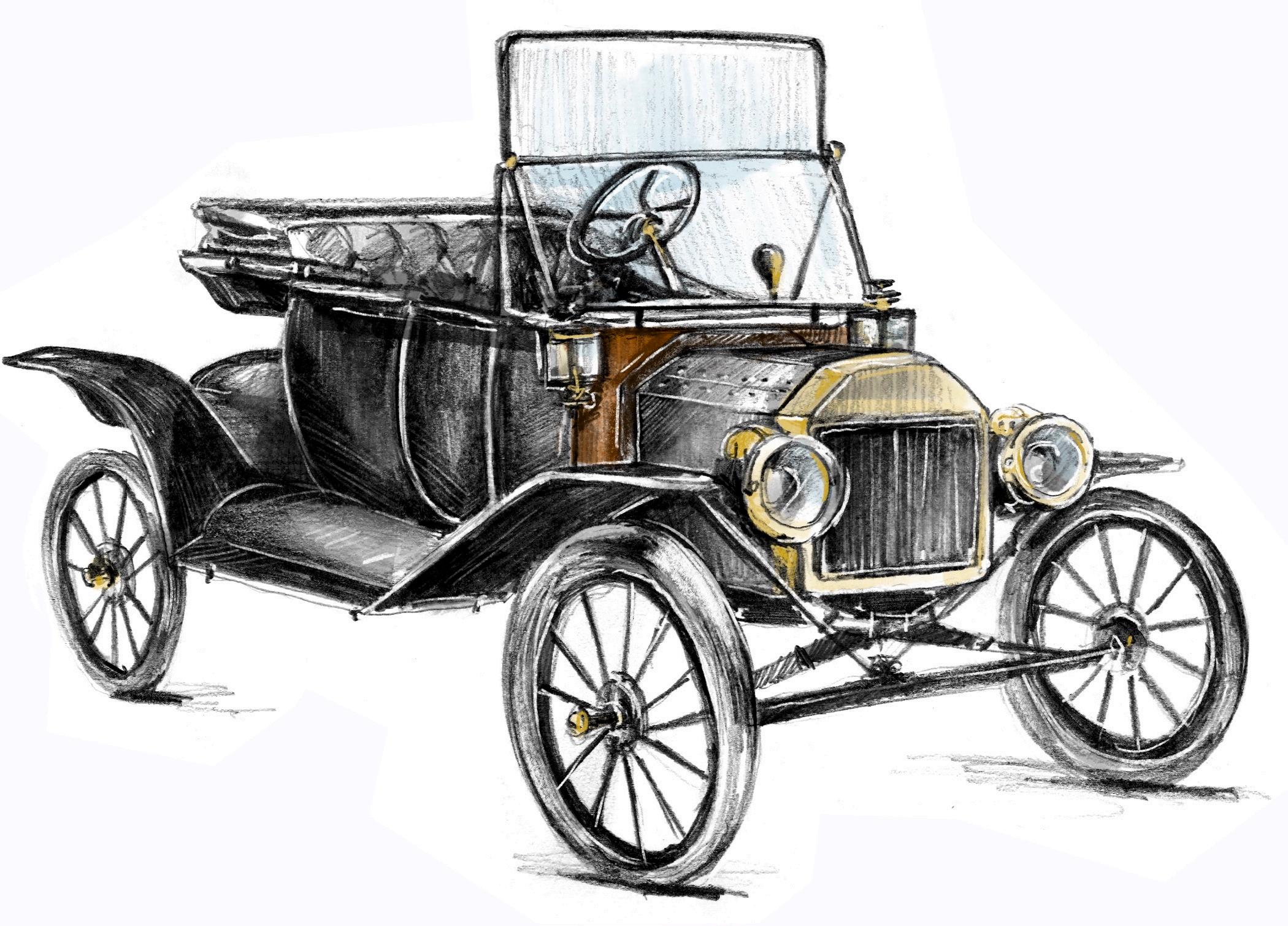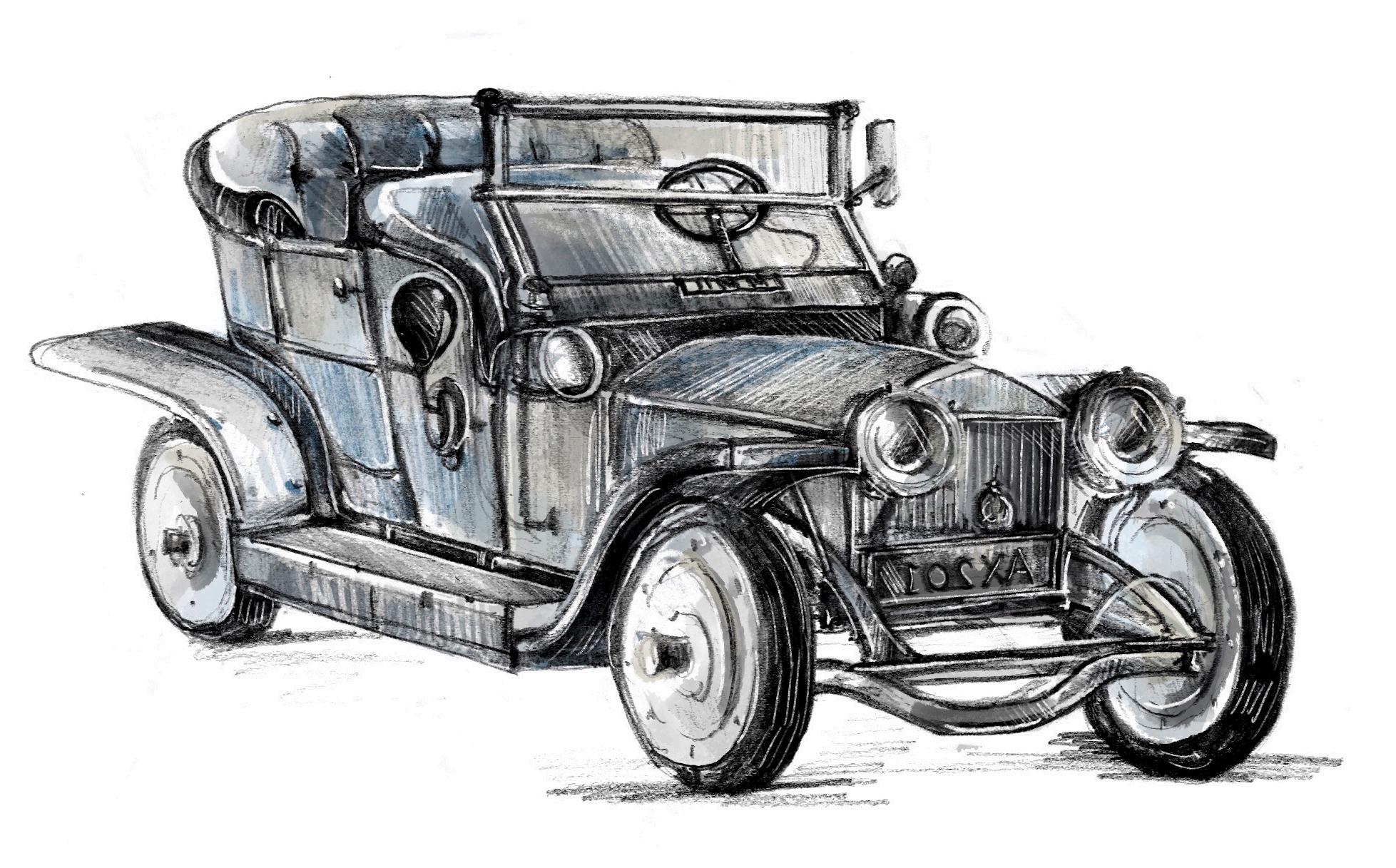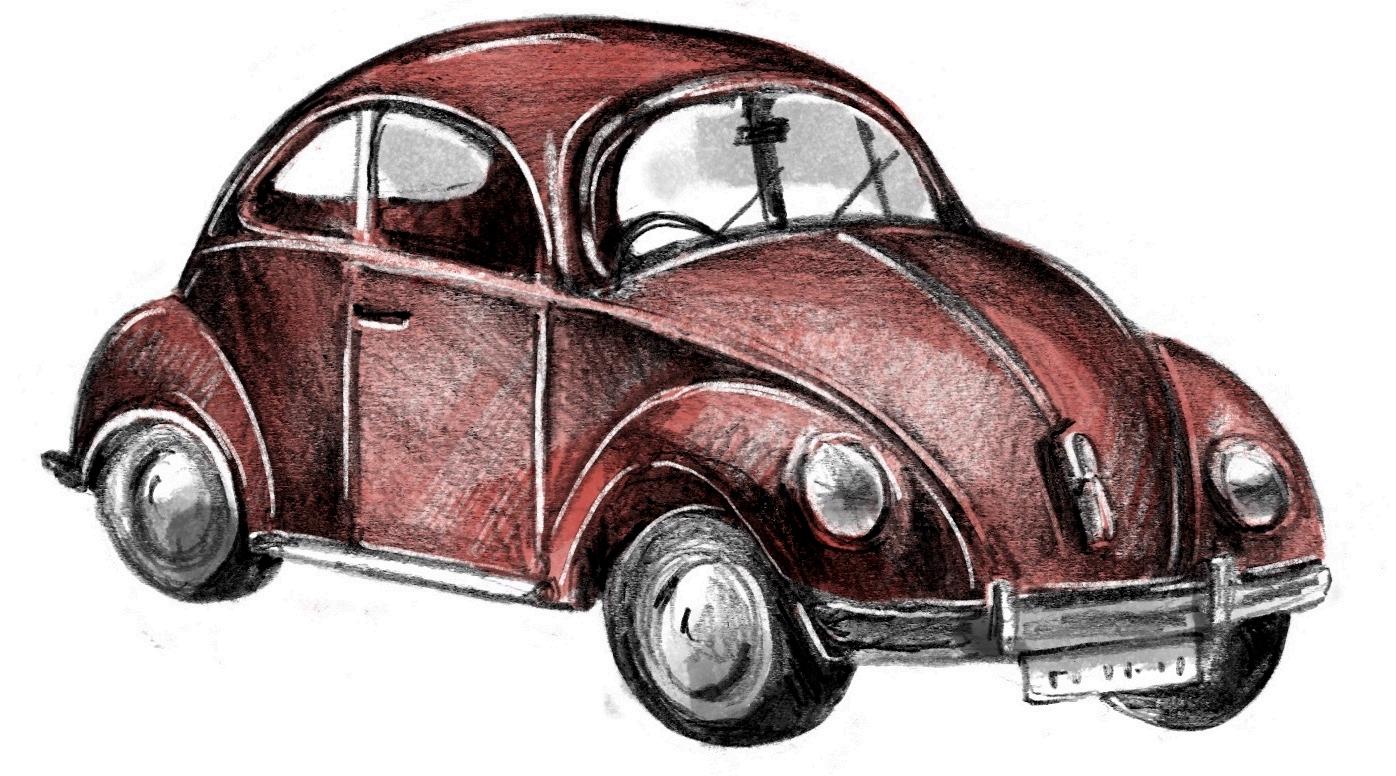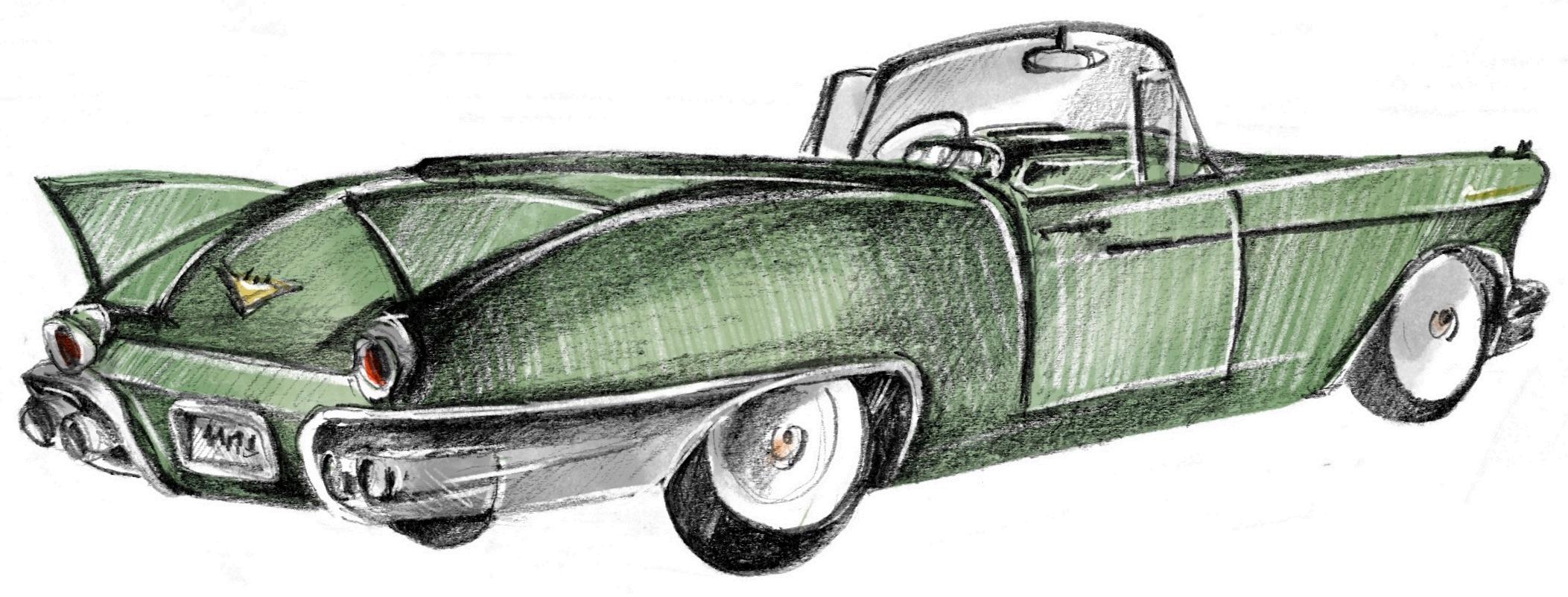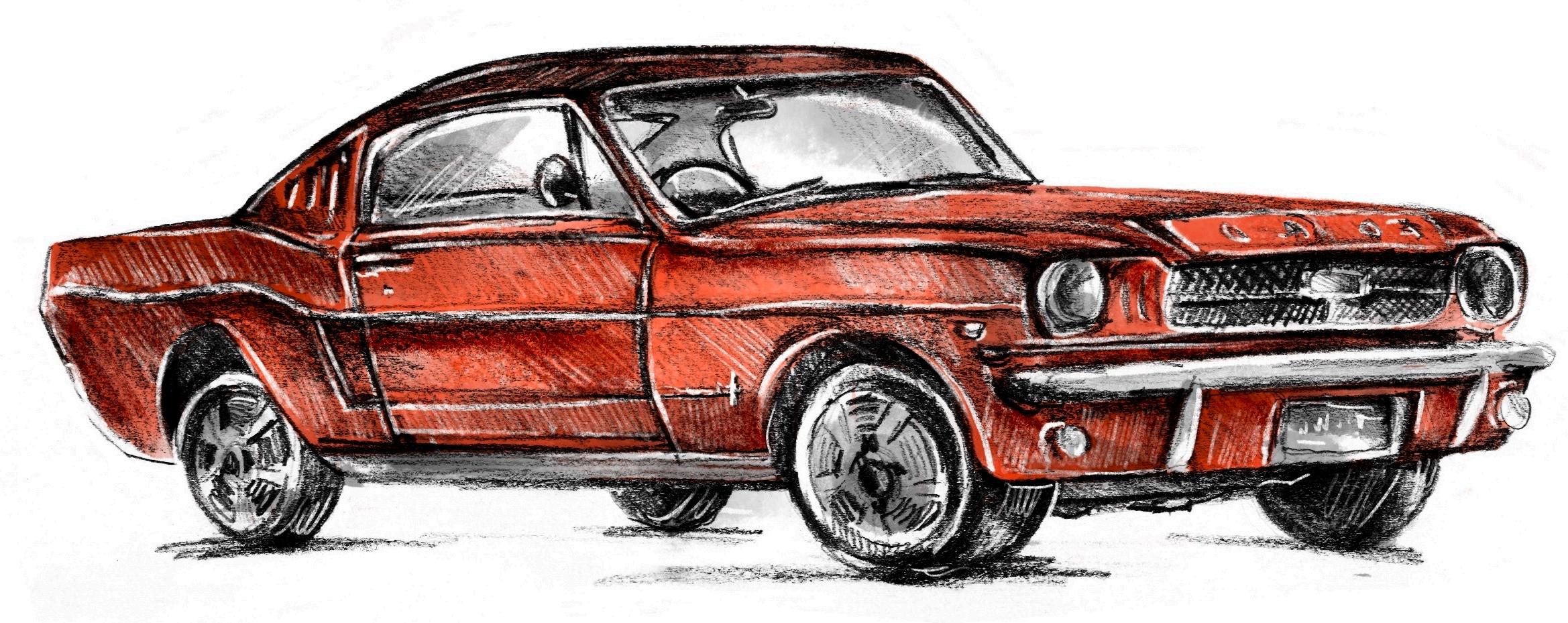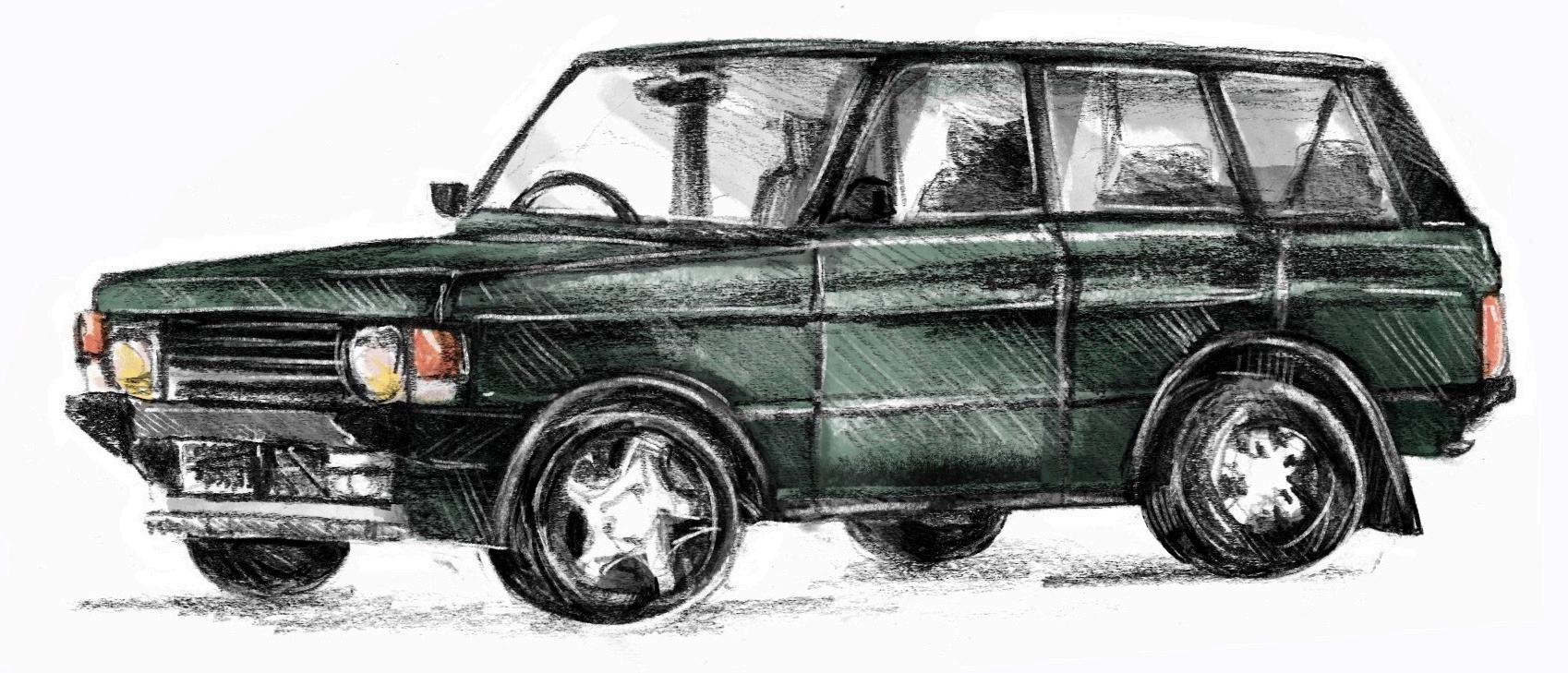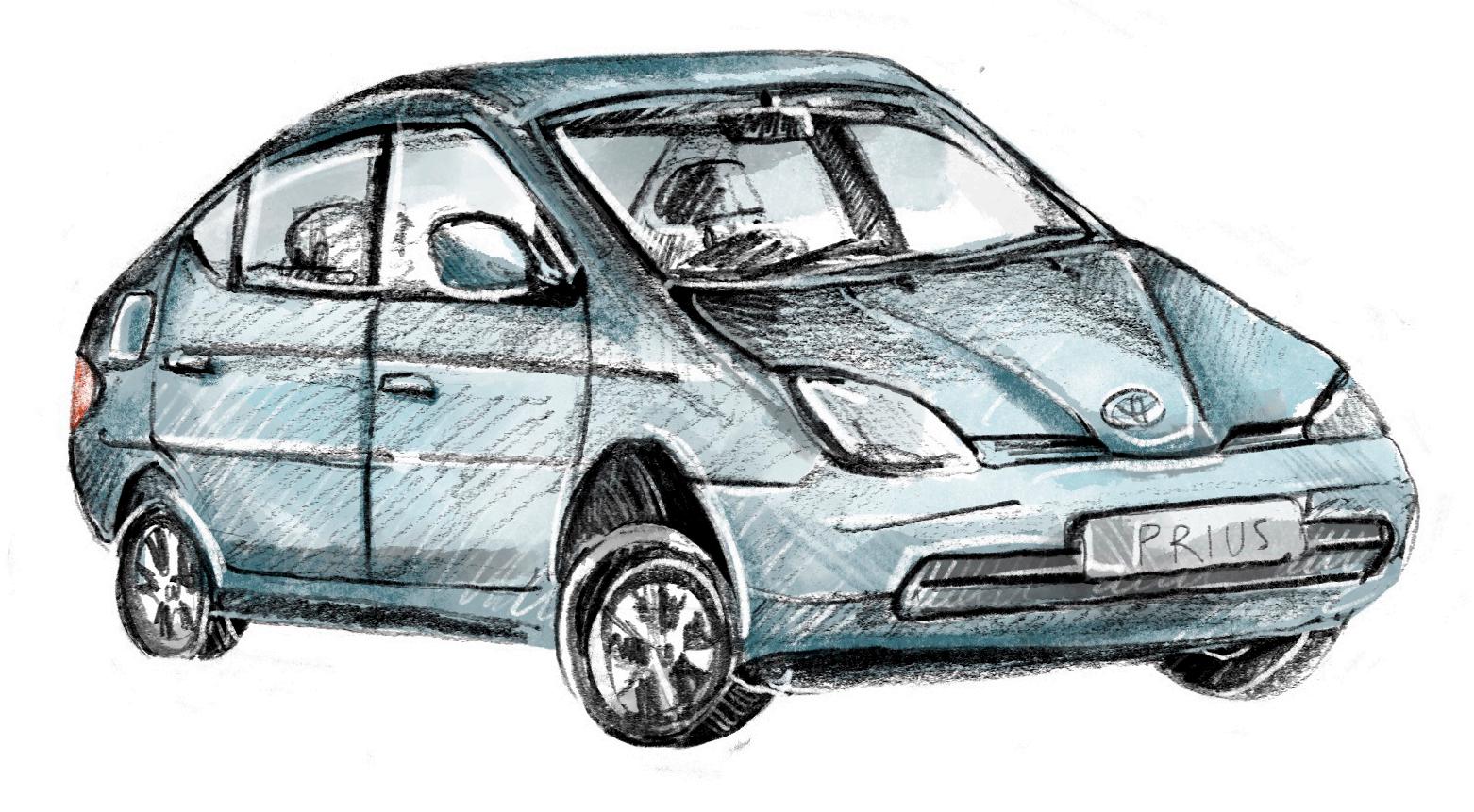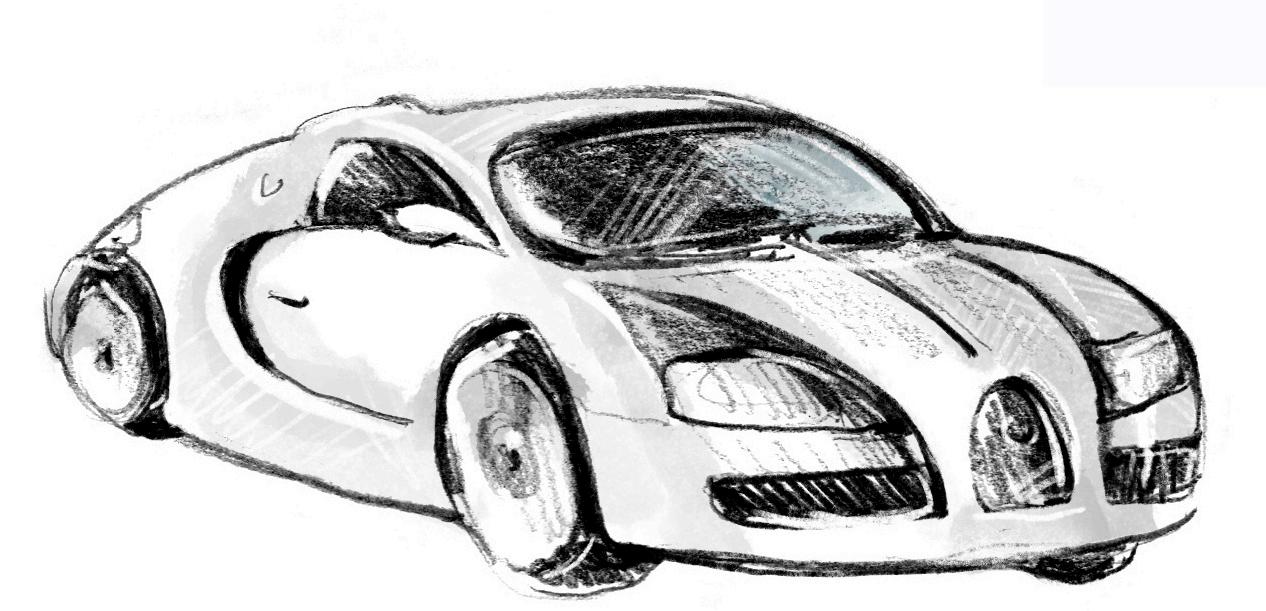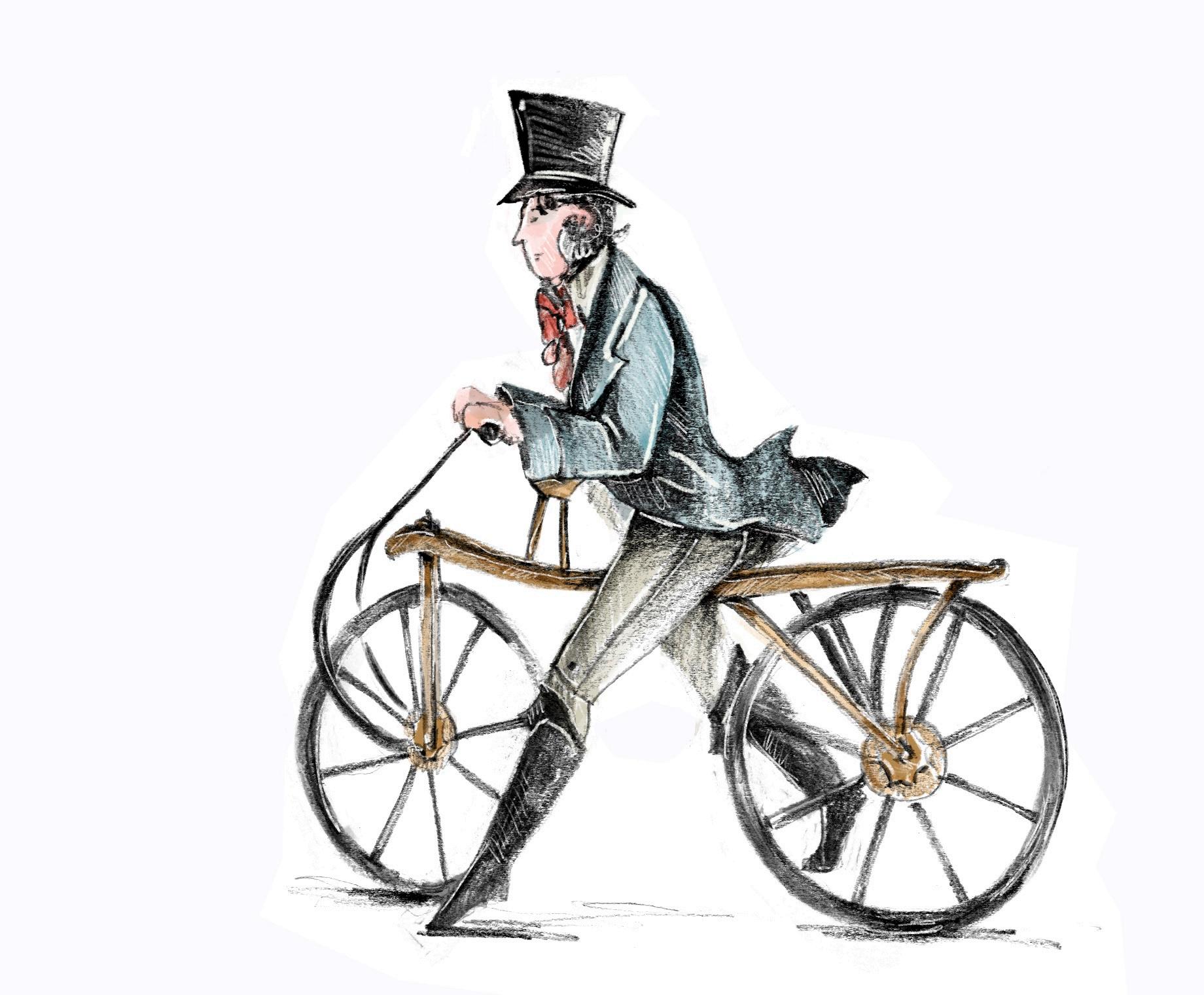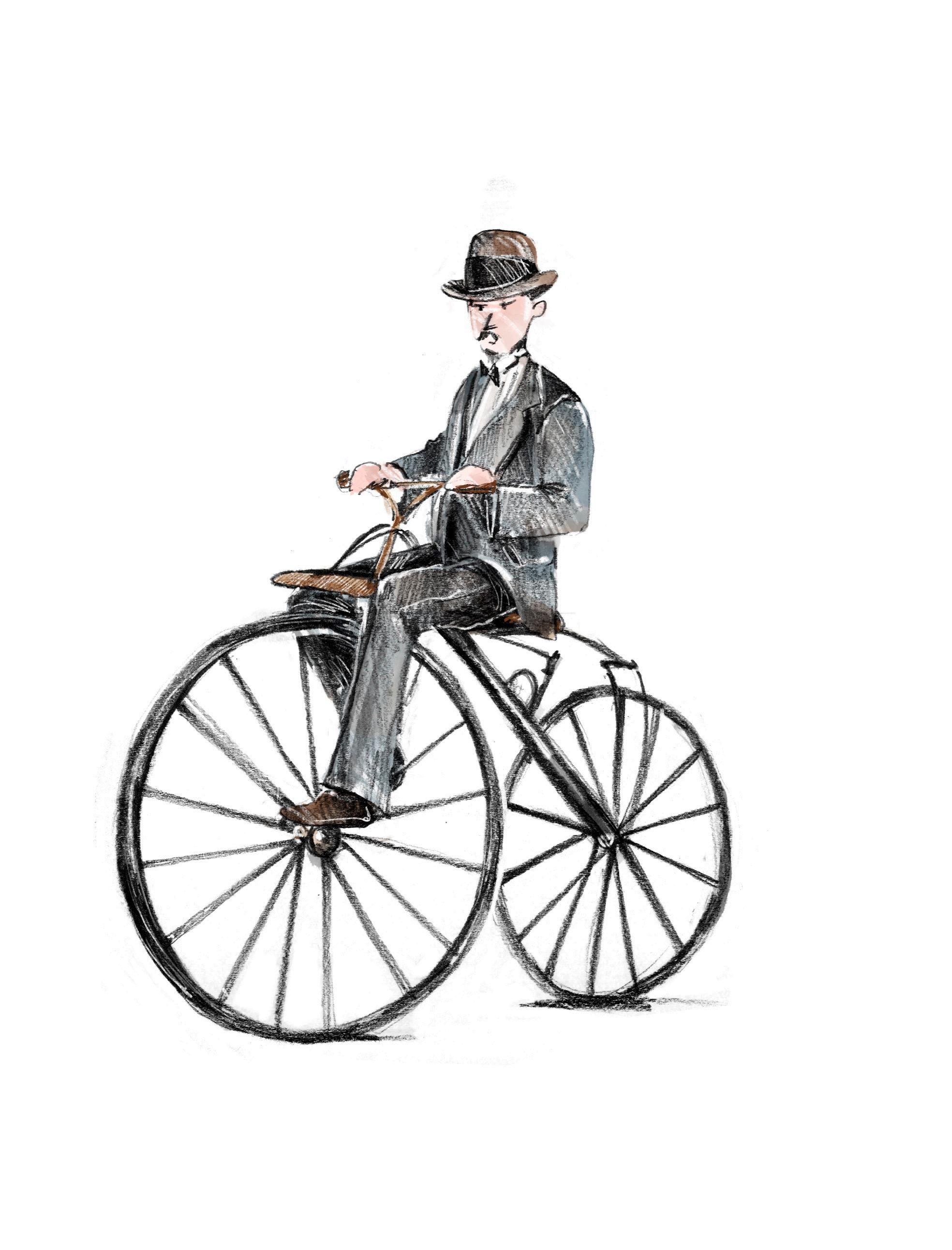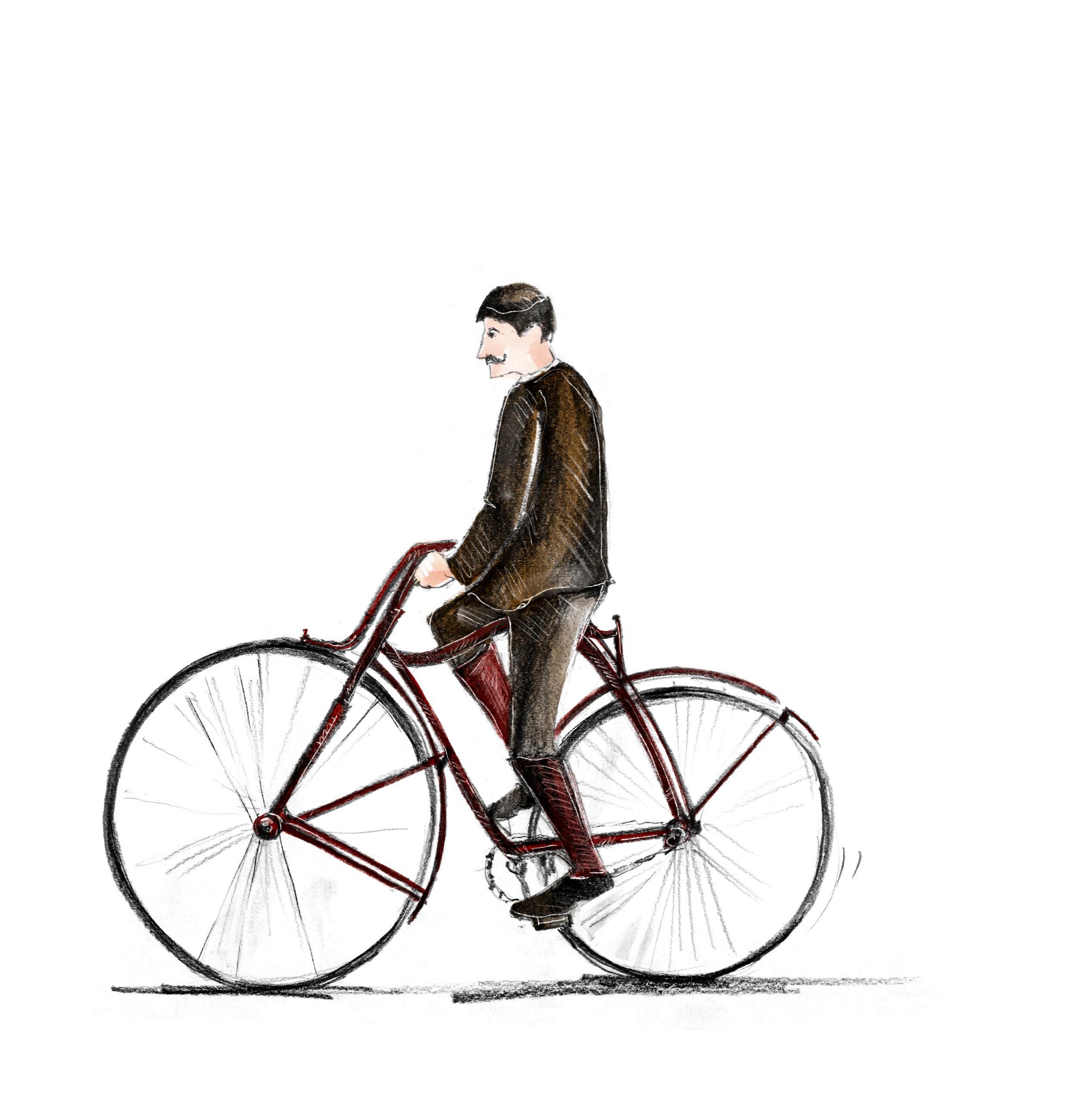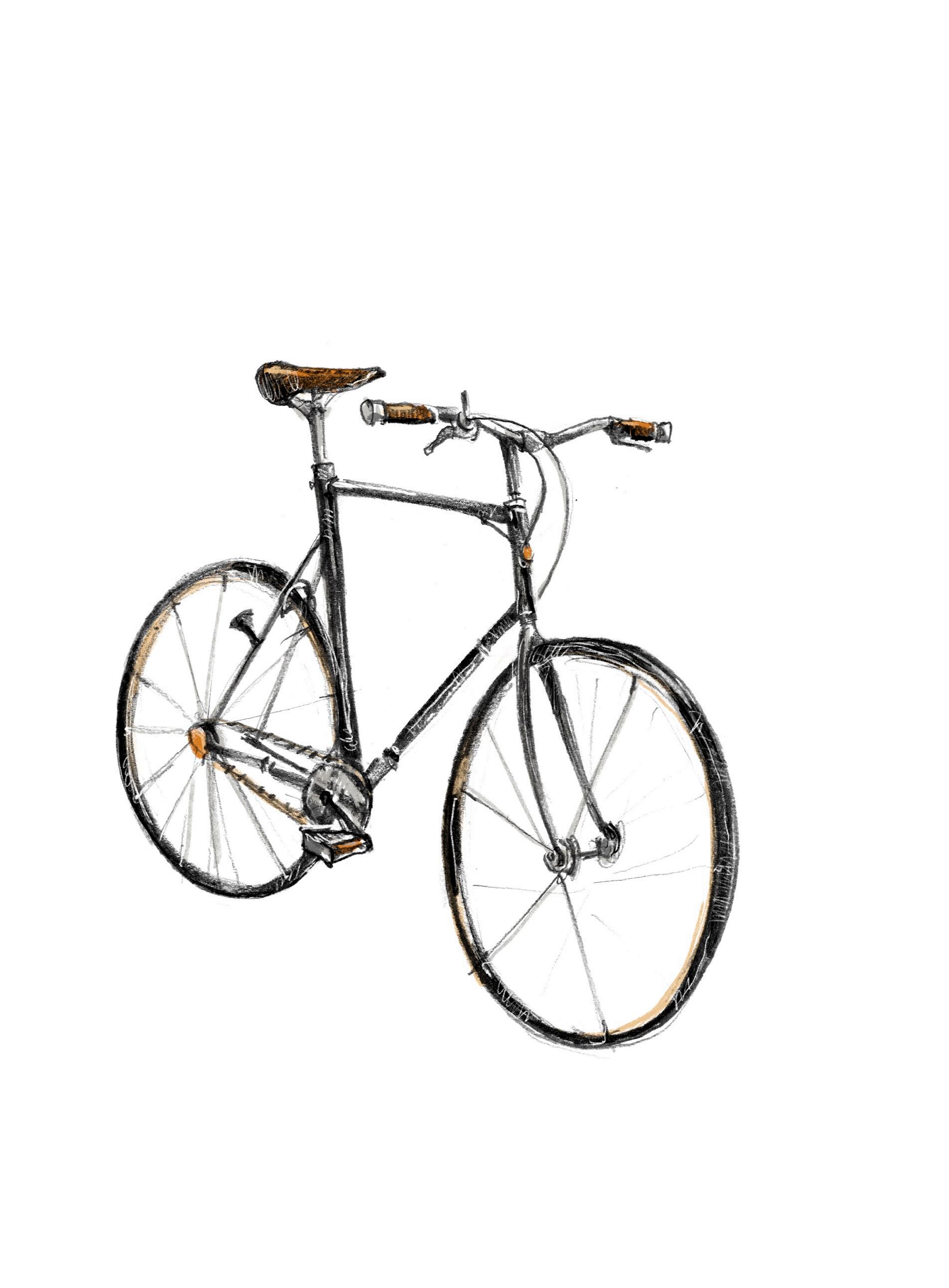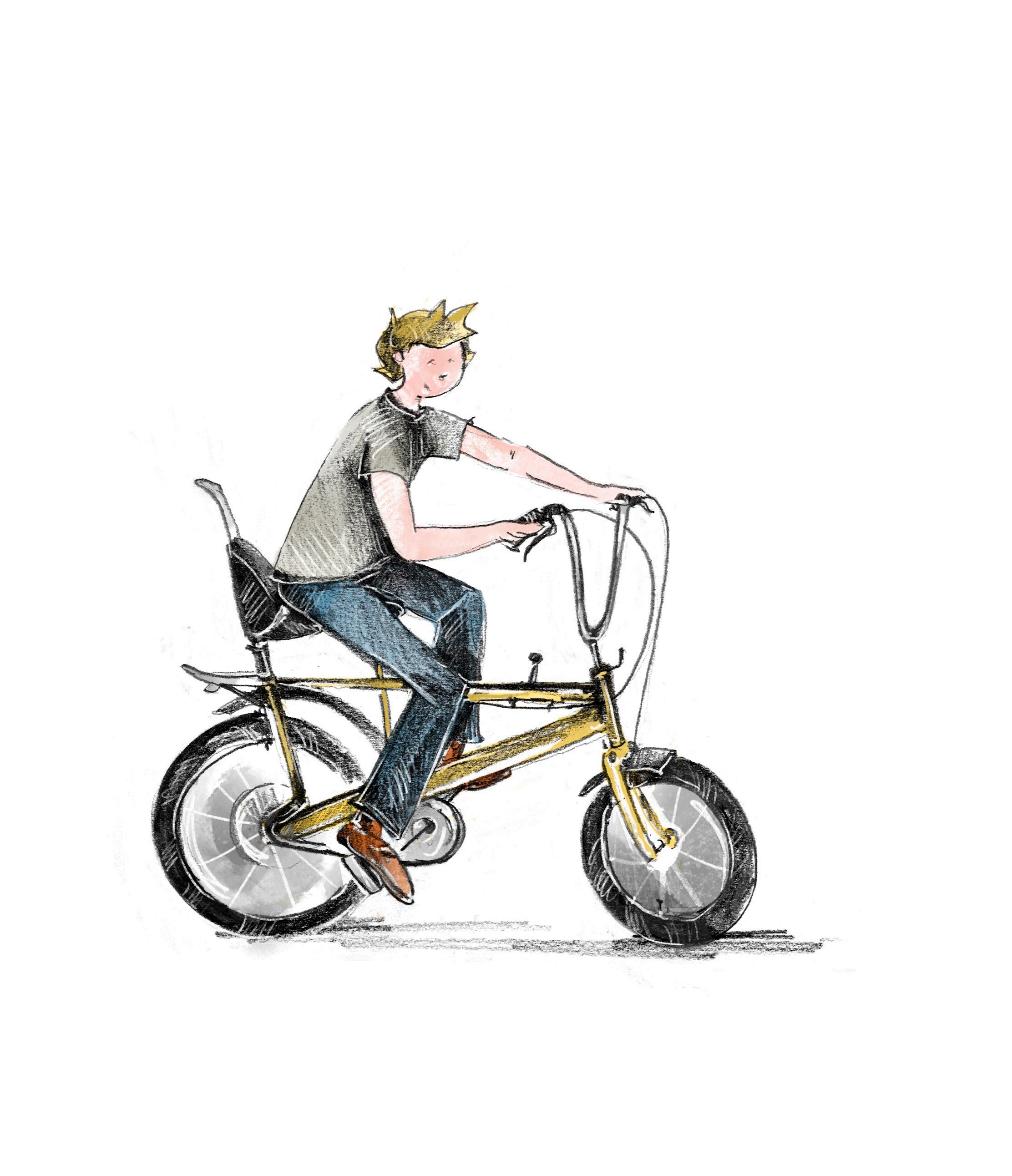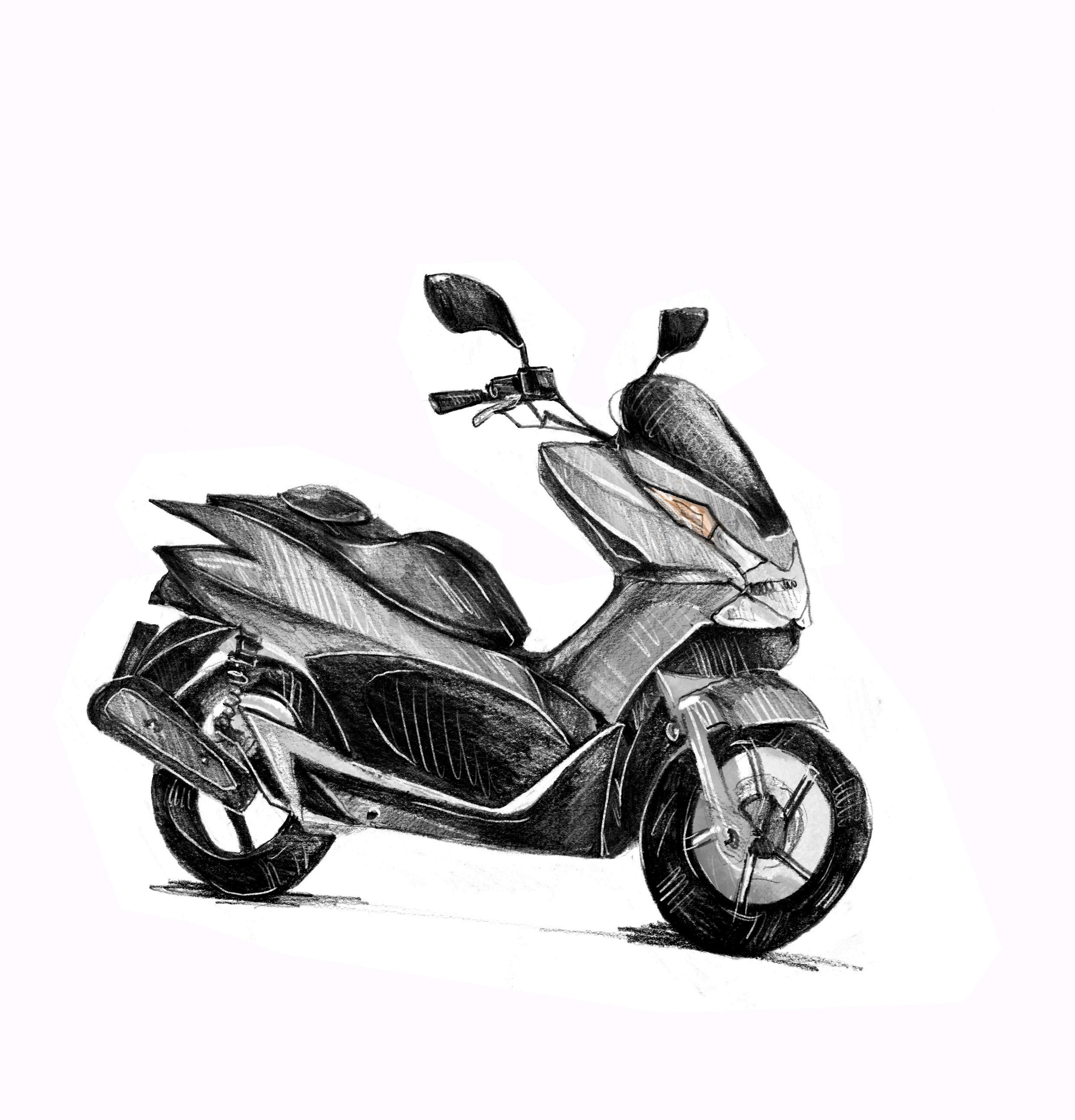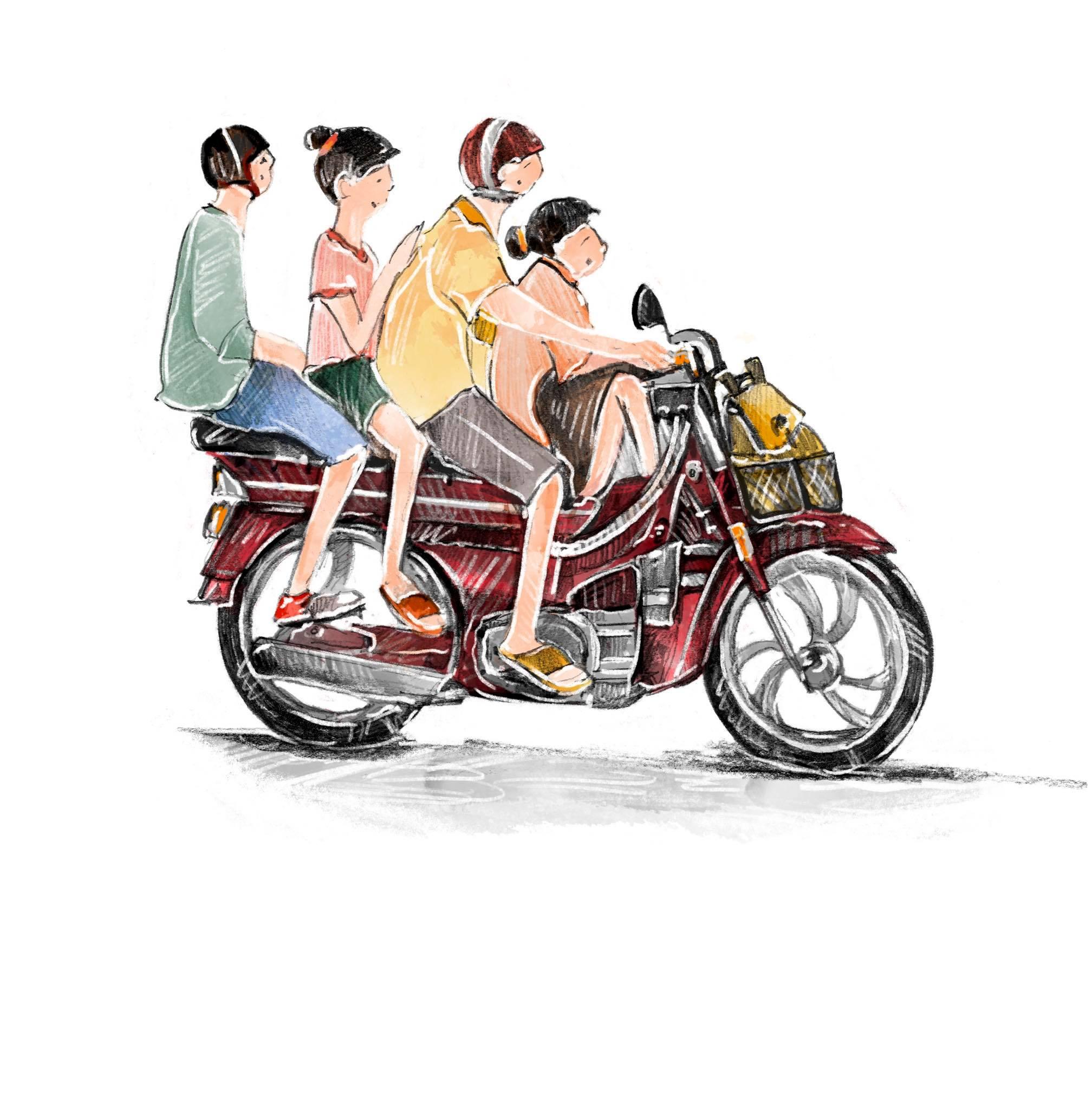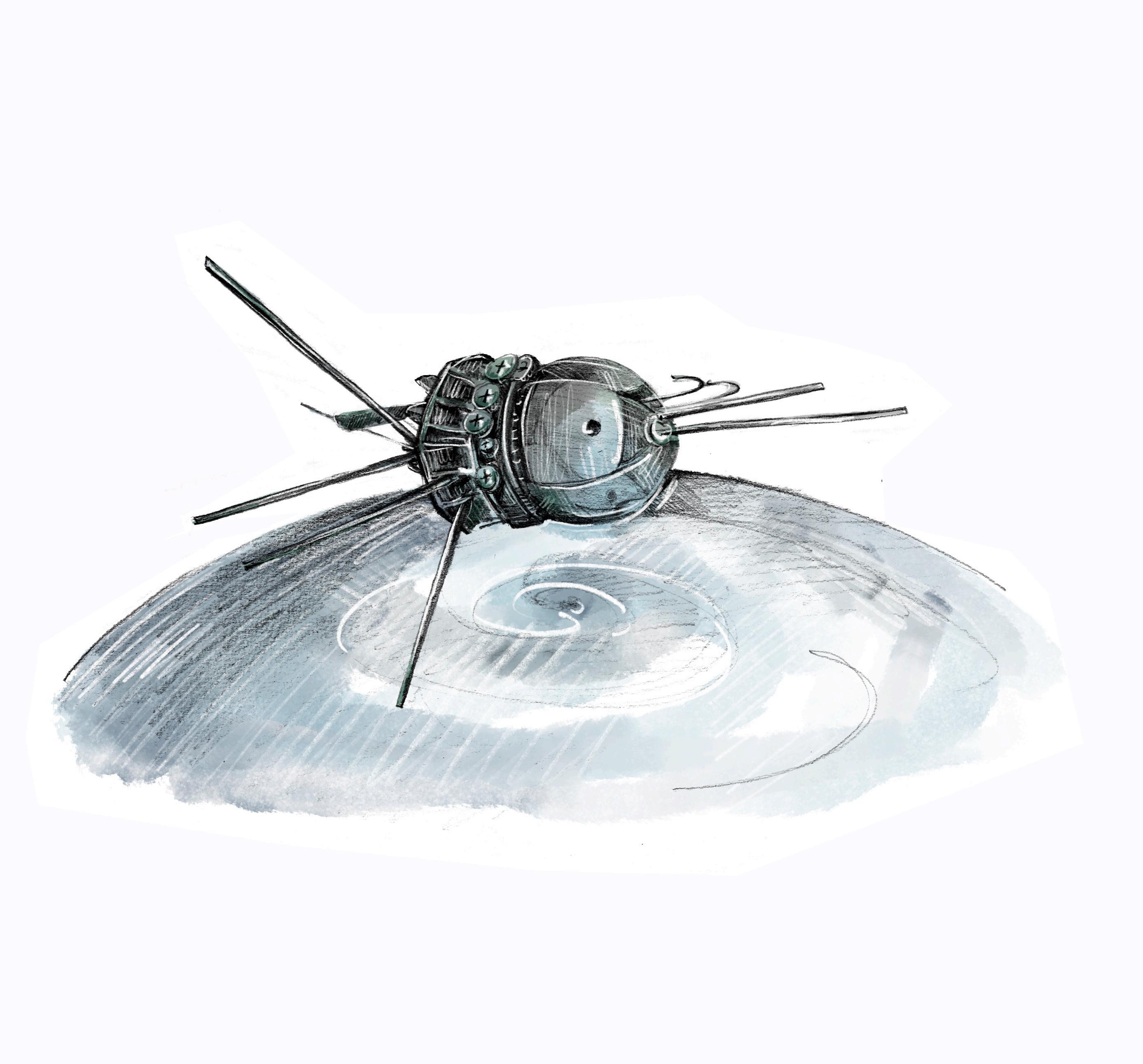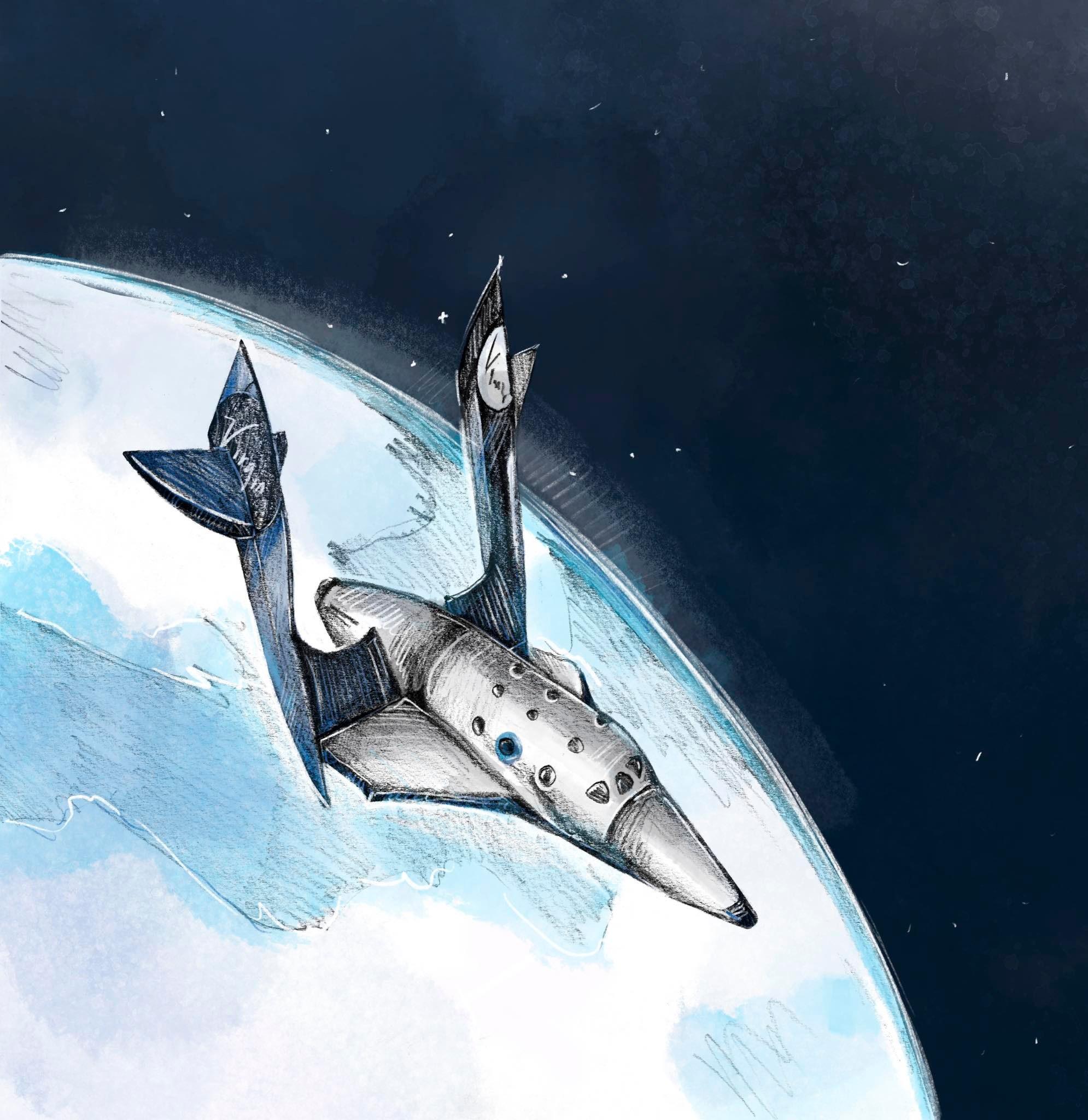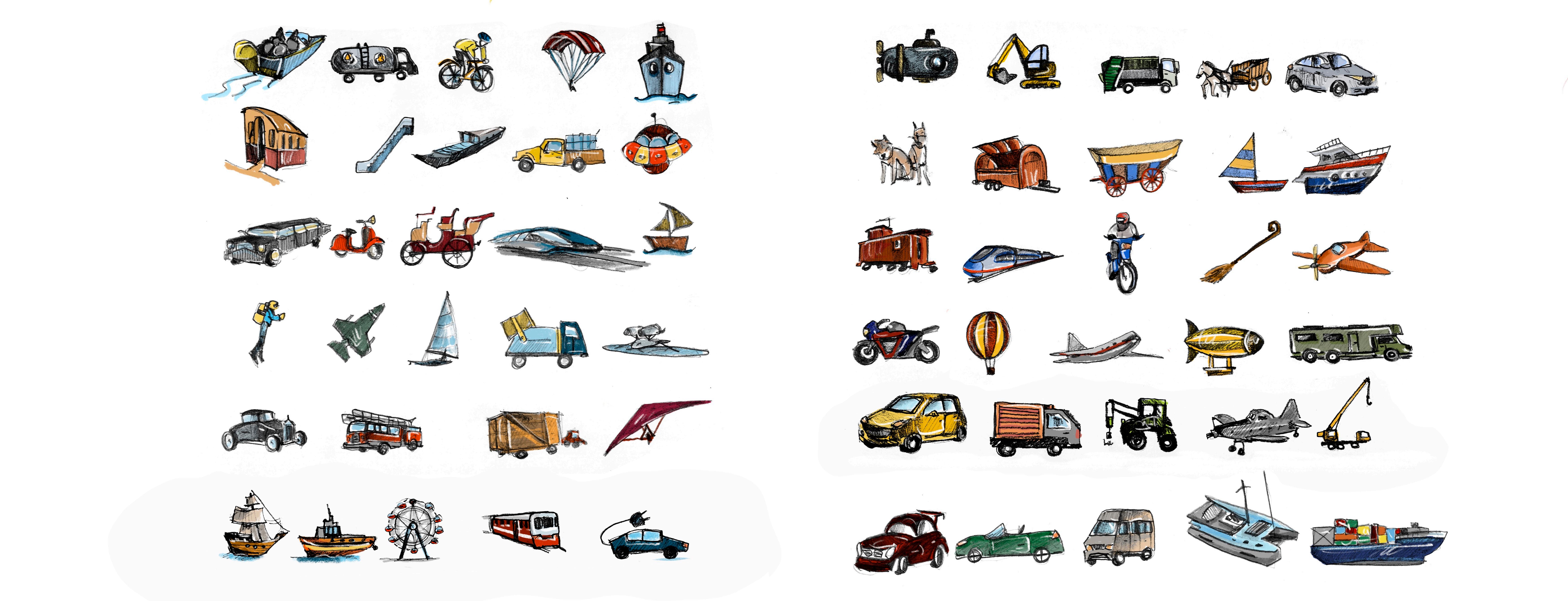

This book is all about transport and Me & Henry are going to take you on a magical mystery tour of all the different types of transport in the world and the history behind them.

Before we go too far though let's not forget we wouldnt' be anywhere without the wheel!
The very first wheel was actually used to make pottery on over 6000 years ago.

The earliest wheeled vehicles were made 500 years later and had 4 wheels - there are ancient pots found in a village called Spakane that show us.


The very first wheels were most likely solid disks or even tree trunks. They didn't stay that way for long.

The spoked wheel was invented 4000 years ago in a place called Anatolia in Turkey and remains have been found in graves from chariot riders.
So the wheel changed the world and changed how you live your life - let's see how..

So what does transport actually mean ??
It means moving people from one place to another. And it also means the type of thing that moves you.
There are sooooo many different types of transport and some you don't even really think about but before we look at them just think back to when you were born and a little baby.
From the minute you left the hospital you were experiencing different types of transport!

To get home you will probably have been put in the car with a special car seat.

...of course if you ' re talking about ME (Henry) then I was brought home in a dog crate when I was a puppy.




...and when your parents wanted to move you and take you with them they will have either transported you in a baby carrier or a stroller
As you grow up, one of the first amazing things you will do to get yourself around and about is learn how to ride a bike.


You might start with a tricycle ....
...then with some help you will move to 2 wheels

and eventually you will feel real freedom and a chance to transport yourself anywherefor free!
When you ' re having fun you might also try lots of different types of transport eg when it snows you might use a sledge or ice skates, skis or even a snowboard.
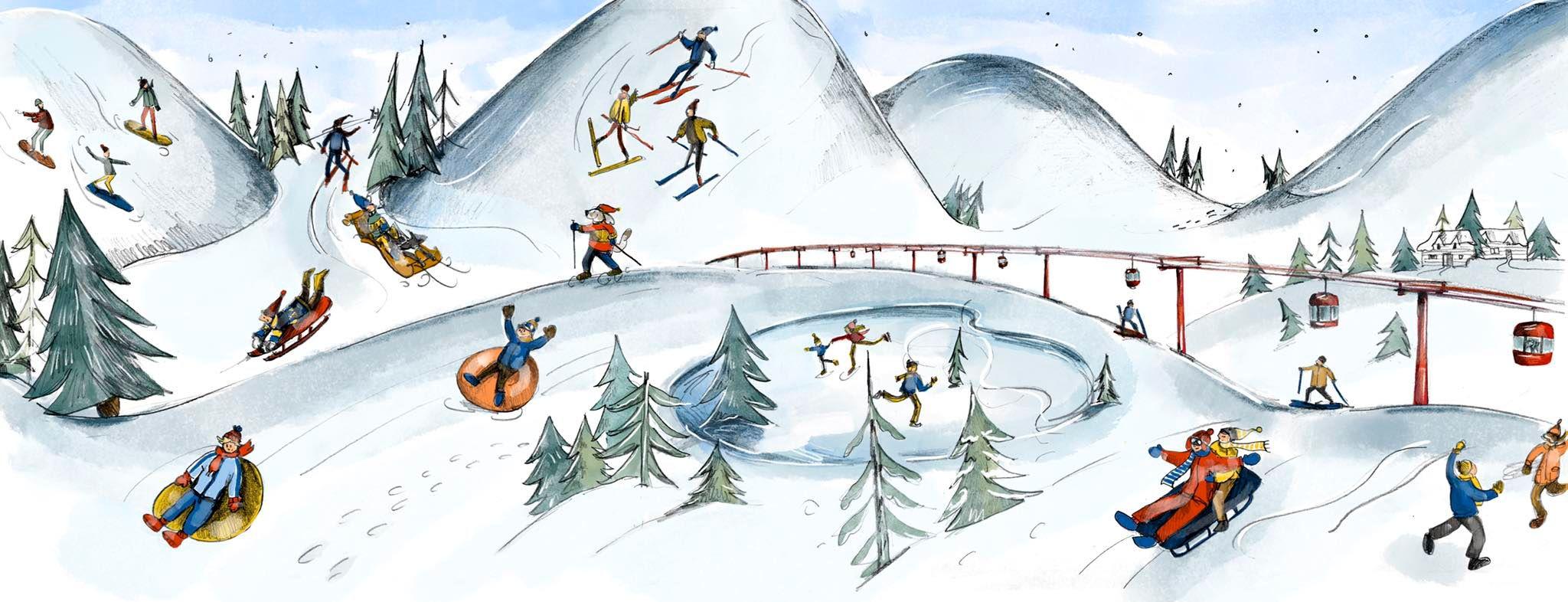


And even if you go to the beach there are SO many types of transport - how many can you spot them on this page ..?

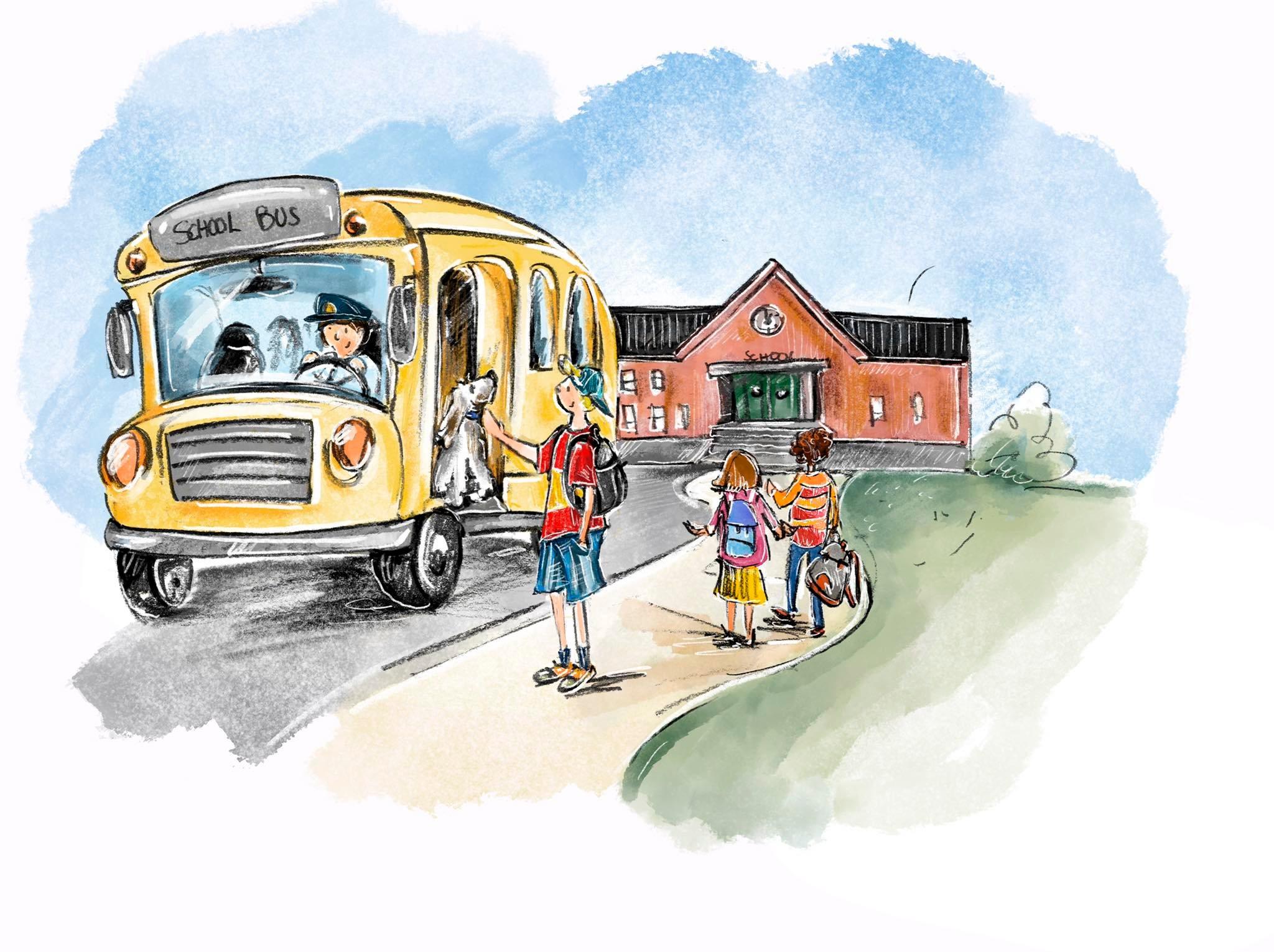
...as you get older you will possibly go to school on a special school bus


And then when you become a grown up, you will need to travel to work and shop at stores in town, visit family and take vacations to amazing places.
To get there you will come across so many types of transport.
Let's have a look at each one and at the end of the book you can tell us how many different ones you ' ve been on. Get ready. There's a LOT!
Ok so let's get our tickets first for BOATS.

...So this is amazing but did you know that historians think the first boats were built MILLIONS of years ago!
Homo Erectus, was a smart ape that lived two million years ago in Africa.
These pre-humans figured out how to travel from Africa to Asia.
They had to have used some kind of boat to travel as far as they did because they travelled across thousands of miles of water !
So the first boats were invented about 1.9 million years.

There are sadly not many remains of boats because they are usually made from wood which of course has rotted away.
So how do we know they existed all those years ago?
Carvings on rocks and pictures on really old bowls luckily show boats!

One rock carving in a country called Azerbaijan shows a boat made out of reeds, which are thick stemmed plants.
The carving is about 12,000 years old!
The ancient Egyptians also used reed boats -

a 10,000 year old boat called the Pesse boat was found.
It was made from a tree log and was dug out for people to sit in like a canoe
Not only have ships and boats been used for transportation but as the years have passed by they have been used to transport cargo, for fishing, as a type of defense from armed forces, sports, leisure, and relaxation.

About 3500 years ago the Ancient Canaan people built a boat called a Galley boat which was used for trade and fighting.
These were powered by men rowing. It had rows and many sails for gaining speed. Amazing right?

About 1000 years ago Vikings from Scandinavia made longboats that were HUGE ships with sails.
They had 70 men rowing and were quicker, larger and narrower than Galley ships. This meant they could travel long distances at sea but also rivers.
They were used to travel all over Europe and used to raid countriesthe Vikings eventually settled in England.
Many ships have been found and in Norway you can see a WHOLE Viking ship that's been put on display in a museum.
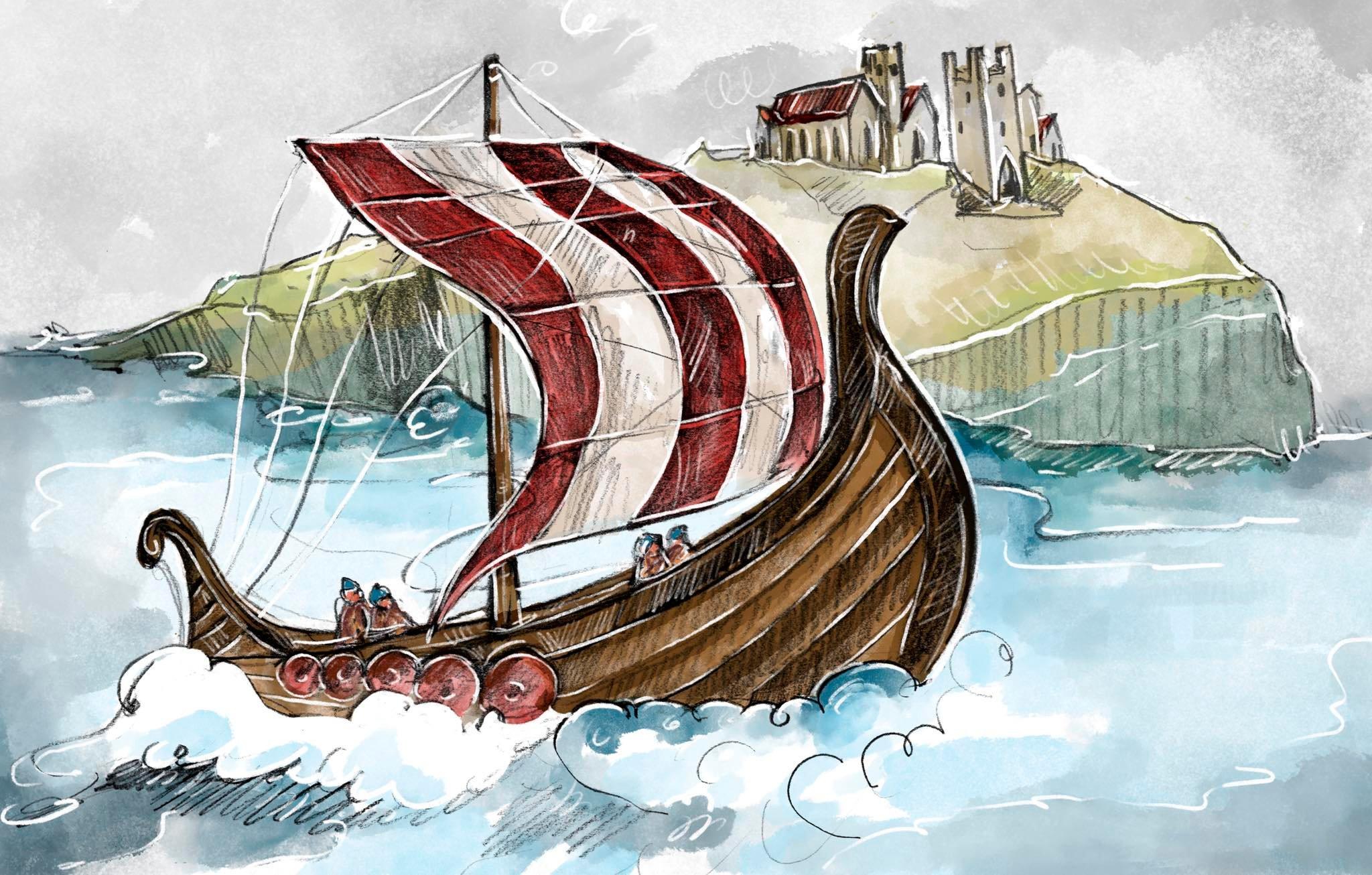

About 900 years ago sailing boats with a rudder to help steer the boat were built in China.
These were called junk boats and were used for fighting and transport.
They had battens on the sails to give them greater strength, and watertight compartments long before western ships had them.
Something called 'tanbark' has always been used to stain the sails a bright beautiful red - but it actually protects the sail fabric from the weather.
Modern junk boats are still used throughout China, and actually if you go to Hong Kong - where Me & Henry clothes are made - you can still see them in the harbour although they are now usually just for tourist trips.

From about 1450 onwards, ships started to be built with three or even four masts.
The more sails meant the faster they could sail. These ships were SO big and powerful they were used as battleships and for trade but also used by explorers to discover and conquer new countries.
A new type of ship called a caravel was built by the Portugueseit was smaller faster and easier to control.
The incredible explorer, Christopher Columbus used a caravel on his trips because they were so powerful.
During the late 19th century, large sailing ships almost completely disappeared as steam power took over.
The first successful steam-powered vessels were built for use on canals and rivers in the early 1800s.
On early steamships, the steam engine turned paddle-wheels that moved the ship along, but by the 1850s most ships were using propellers instead.
The first ocean-going steamships still had sails because they needed the extra power and could not carry enough coal or water for long-distance voyages.
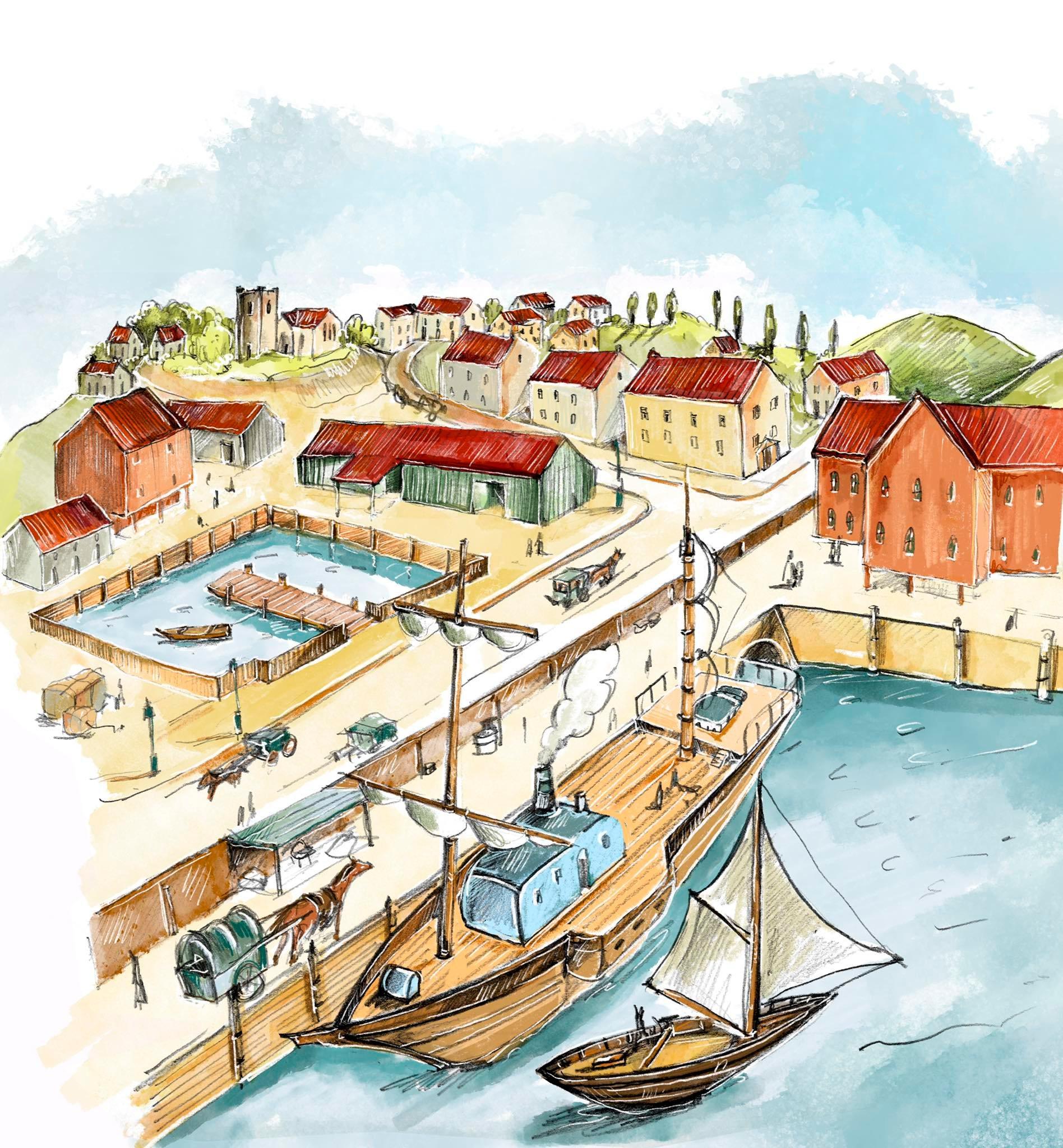

Eventually sails and masts began to disappear and metal was used for building ships.
Isn't incredible when you think about it that something made from so much heavy metal can float!
The first ocean liners started to be built - they had HUGE propellers and hulls made of steel.
In 1860 huge ships could carry 1500 people from the Uk to New York in just 9 days.
By 1907 one liner called Mauritania could carry 2300 passengers and took just under 5 days!
Also in the 50s right up until today, nuclear power started to be used.
Modern nuclear powered aircraft carriers, battle cruisers, destroyers, and nuclear powered submarines are all used to keep a country safe and to protect its territory.

In the Arctic Ocean, the icebreaker can reach any point during any season of the year. They can move along freely breaking through flat ice of up to 9 feet thick!

There are currently more than 160 ships that are nuclear powered including ice breakers!
The biggest ships in the world are now cruise liners.
These are for people to take a vacation and see the world by boat.
Of course the most famous cruise ship is the Titanic which sank in 1912 after hitting an iceberg.


Did you know 39 million people go on cruises a year and the most popular destination is to the Bahamas!

Ok so we ' ve seen the world of boats -
how about TRAINSlet's get our train tickets


Before trains were invented there were always rail tracks.
2600 years ago in Ancient Rome was a paved track called Diolkos.
Grooves were in stone that helped men and animals pull huge boats using wheeled wagons and ropes from one place to another.
About 2000 years ago a huge rail track network was built in South West China.
The rails were made from wood and it was designed for horses to pull wooden carts from station to station.
It would also carry soldiers to wars and repairs to the Great Wall of China.
Wagonways pulled by horses and hand propelled carts were used around the world from the 1500s until locomotives were invented.

Wooden rails were originally used until the late 1700's when cast iron started to be used and wood was replaced with metal rails which lasted longer and didn't need repairing so much.
Cast iron was an important part of the success of the train.
Horses are SO strong and were able to pull wagons of coal and minerals from mines to shipping docks.
At one point, these wagonways were the main type of coal transport in Europe.


In 1781 everything changed. The world changed.
James Watt introduced the steam engine.
Apparently as a boy, James would sit and watch a kettle boil and watch the lid move with the power of the steam.
From this he came up with the idea of creating a bigger version that could create enough energy to power an engine.
Sometimes I like to laze around in the kitchen - maybe I can come up with an amazing idea...!
It's important to know that James did not actually invent the steam engine.
With his ideas he massively improved an engine that was originally created in 1712 by a chap called Thomas Newcomen .
James helped to create this new design for a steam engine and it massively changed the world - started to be used in trains - then called locomotives.
Can you imagine a room in your house where you just go to invent things!
How cool would it be to say that you ' re an inventor - have you ever come up with some amazing new ideas for things?


In 1814 the very first steam train was built in England called 'Puffing Billy'.
You can still see it today in London's Science Museum.
It was the very first commercial steam engine used to carry coal wagons on metal rails. No horses anymore.

The person who created it - William (or Billy) Hedley - discovered that a smooth steel wheel running on a smooth steel rail could provide enough friction for an engine to pull a train of loaded wagons!
The locomotive took about 12 minutes to cover one mile of track, travelling at about 5mph.
But how does a steam train work? It's quite simple really. Behind that great big metal exterior it still follows the idea of a steaming kettle inside

steam powered whistle burning coal
boiler
water in here gets hot and creates steam to make the piston move crankshaft moves because of the steam crankshaft makes the wheels go round!
piston
large oil burning lamp to light up the tracks

Steam trains basically have engines that burn fuel in a firebox.
That heat then boils water which then creates steam - that steam then goes into the cylinders where it makes the pistons move. The piston going up and down makes the crankshaft move which makes the wheels go round!
This steam train here was built in 1863 and could pull several wagons behind and could go a very speedy 50mph.
engine cylinder
In the 1820s another British inventor, George Stephenson designed and built the first steam train to carry goods and passengers. It was the most advanced and powerful engine of the time. He showed that trains could also be used to transport people between towns.

Soon rail lines were built throughout Europe.
In 1827, railways began to crisscross the United States, starting between Baltimore and Virginia. The first American transcontinental railroad was completed in 1869.


Trains didn't just start to be seen above ground ...the world's first underground train network was built in London in 1863 as a way of stopping congestion on the roads.
It was originally with steam trains so can you even IMAGINE the smoke and dirt underground with nowhere to escape !
It was called the Metropolitan Railway and there was 1st, 2nd and 3rd class carriages with gas lit lamps and comfortable seats.
It was an immediate sensation and 40,000 passengers a day used it.
In London in 1890, a line using electric trains was opened.
It was much deeper below ground than the other lines and was called 'the Tube' because the tunnels look like tubes..


Electric railways came next in 1837, with the first built in Scotland by a chemist called Robert Davidson.
His design ran on batteries which he later worked into a larger locomotive called 'the Galvani'
In 1881 , a new type of electric train arrived - the 'lichterfelde tram' was the first of its kind ever built, and was supplied by running rails and an overhead line with electricity in it. Then came diesel engines. Diesel was efficient and needed less maintenance than other forms of energy and could run longer distances before needing more fuel.
In 1913, the first diesel-powered engine was used in Sweden and by the 1950's most rail companies used diesel instead of steam. But even the best diesel trains would only go about 110mph and as the world changed people wanted to get to places further away and faster ...

The 'lichterfelde tram' was the first but the electric tram in Brighton, England was built in 1883 and still running today!
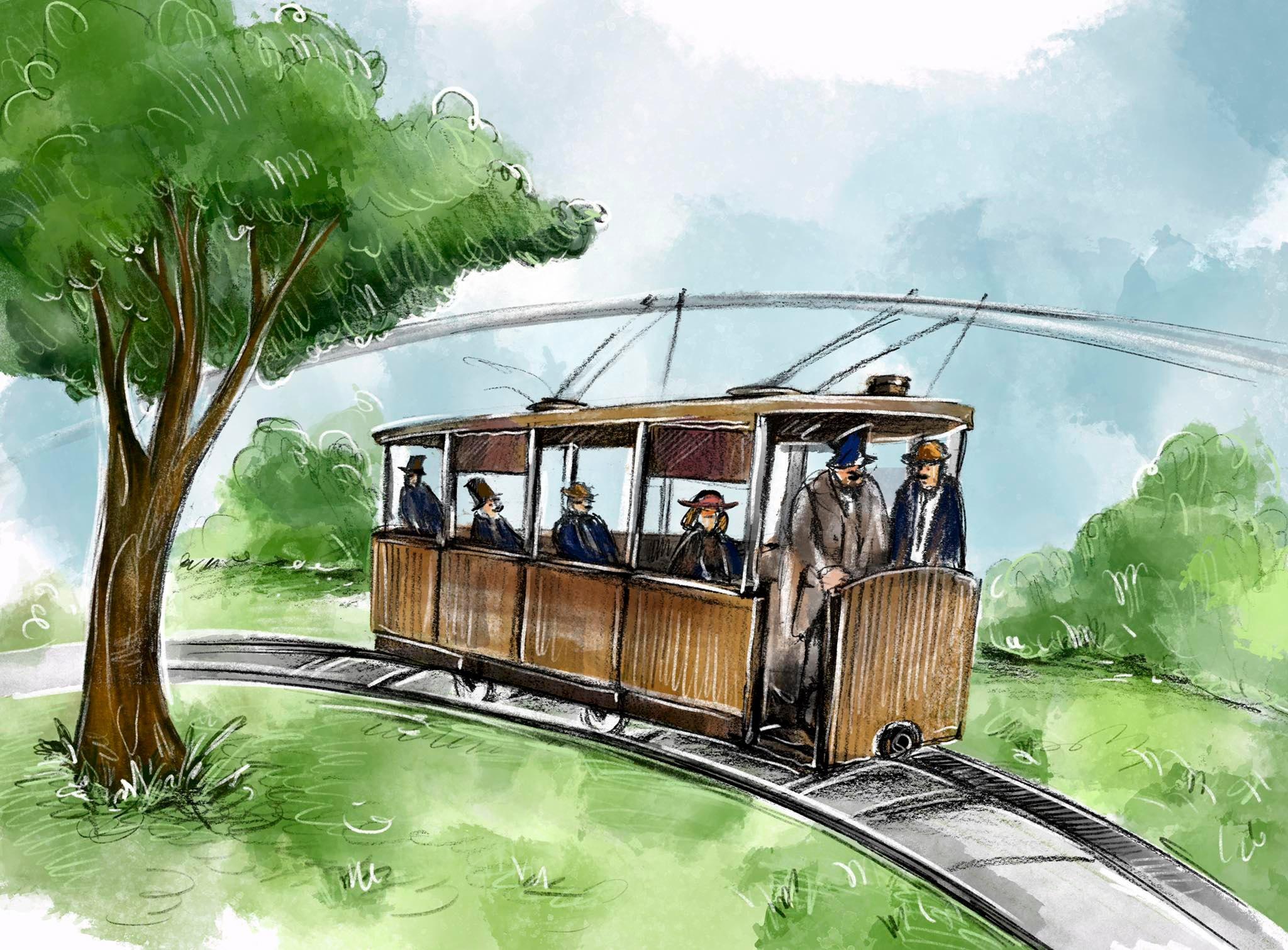
Ever since trains have been around, people have been building trains that go faster and faster.
The very first high speed rail line was opened by Japan, in time for the 1964 Olympics. Shinkansen, or bullet trains, now travel at speeds up to 185 miles per hour over some 1,500 miles of rail lines across the country.

In China, trains hit 217 mph and there is even a train that works on magnets called the Maglev which speeds at 268 mph between Shanghai and the airport.


Of course if you want to get anywhere really fast it's probably better to get a plane!

Before planes came along, about 2500 years ago humans started thinking about flying when the Chinese discovered kites could fly in the air.


They built many colourful kites for religious ceremonies and for fun.
For many centuries, humans have tried to fly just like the birds.
Leonardo da Vinci made the first real studies of flight in the 1480's.
He had over 100 drawings that illustrated his ideas on how to do it.
He drew something called the Ornithopter - a flying machine!
It showed how a man could fly - but guess what... the idea for the helicopter was based on it!
The arms were made of feathers or lightweight wood and they were attached to arms to test their ability to fly.
The results were often disastrous as the muscles of the human arms are not like a birds and can not move in the same way.

In 1783 the very first hot air balloon was invented by the Montgolfier brothers in France.
They used the smoke from a fire to blow hot air into a silk bag and then attached it to a basket. The very first passengers were a sheep, a chicken and a duck! It went as high as 6000 feet and travelled for over a mile. .

In 1799 a man called George Cayley designed the first glider
The first person to fly it was a young boy and over the next 50 years the designs got better and better with tails being added and power to stay up longer.
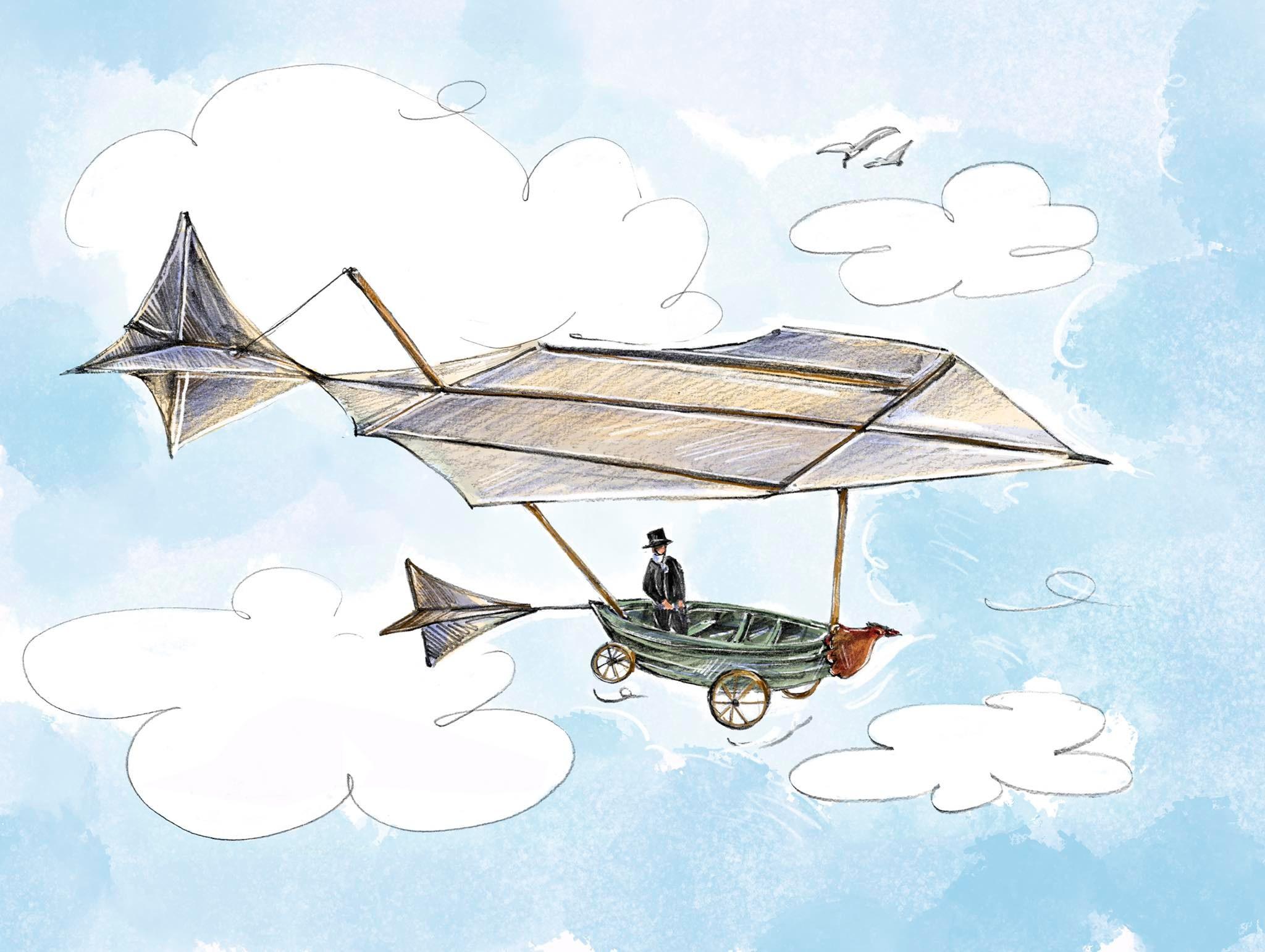
And then finally - it happened - Wilbur and Orville Wright spent four years of research to create the first successful powered airplane,

The 1903 Wright Flyer made from wood and fitted with an engine.
It first flew at Kitty Hawk, North Carolina, on December 17, 1903. They tossed a coin to decide who would try it first and Orville won . It lasted 13 seconds but it was flying ! Wilbur then tried and flew it for nearly a full minute. Woohoo!
The brothers made four flights and as they stood discussing the final flight, a sudden strong gust of wind caught hold of the aircraft and flipped it several times.
The aircraft was damaged so badly it never flew again!
In 1914 the very first passenger air service was offered from St.Petersburg to Tampa in Florida. 2,000 people paraded from downtown to the waterfront to watch.

The first ticket was auctioned off for $400 and the plane flew ....no higher than 50 ft over the water...but it flew!
Halfway to Tampa, the engine misfired, and so the pilot had to touch down in the bay, make adjustments and take off again.
Scary stuff but it landed safely and was a huge success.
The airline made two flights daily, six days a week. The regular fare was $5 per person (which is about $140 in today's dollars).
Tickets sold out for 16 weeks in advance!!
16 years after the Wright brothers took their first flight , British pilots Alcock and Brown made the very first flight across the Atlantic in 1919. It should have ended in disaster.

The takeoff from Newfoundland in Canada was bumpy and dangerous because of thick fog. The radio stopped working. The plane was soon covered in ice and with both men sitting in an open cockpit - they nearly froze.
Sometimes they lost complete control of the plane as it plunged towards the sea - at one point the ice forced the engine and it stopped working!
They were blinded by the bad weather and were never sure of their exact location but fuelled by sandwiches, coffee and whiskey, the men flew and flew until after 16 hrs they landed in a bog in Ireland.
They did it. Transatlantic travel was born!
This also started international travel - two months later the very first passenger flight between two countries took place between London, Uk and Paris, France taking just one man on the trip.
Between World War 1 and 2, many planes in the US and Russia were designed and made from sleek aluminium.
In World War 1 wooden planes could fly at 70mph. By World War 2 they could fly at 450 mph.
Technology improved, jet engines were used , long range bombers were built and radar was used to find enemy targets and detect enemy planes.
Three planes in World War 2 changed aviation forever:

the spitfire introduced retractable landing gear and landing flaps.

the ME262 could fly higher and faster than any plane of its time (559 mph) and paved the way for jet engines in passenger aircraft around the world.
the B29 Superfortress is famous for bombing Hiroshima and Nagasaki (ask a parent about that!) but was also the first plane to use pressurized cabins which protect the crew from freezing temperatures at high altitude on long flights.
What happened next was inventors all around the world used the same principles as the Wright brothers and designed new aircraft every day in a race to build better faster planes.
European countries built the first military aircraft just in time with World War I about to break out.
Planes were armed with machine guns and shooting matches in the air called 'dog fights' were frequent and furious during the war.

One of the fastest and best planes to be used in the war was a British plane called the SE5a.
It could fly 138 mph and was easy for new pilots to handle.

Airplanes are pressurized because the air is very thin at the altitude they fly.
The average passenger jet has a cruising altitude of about 30,000 feet.
At this altitude humans can't breathe very well and our body gets less oxygen
The air very high up gets thinner and thinner so it's hard for us to breathe as our body gets less oxygen.
Luckily In 1946 pressurised cabins were invented which means we are no longer affected
Jet engines were already used in some military planes but in 1949 the first big jetliner was built.
It was called the De Havilland comet and started to fly passengers in large quantities around the world for the first time.
The first flight was from London to Johannesburg in South Africa with 44 passengers.
The jet age was born and within 10 years the USA , Canada , France and Russia started building jet planes.
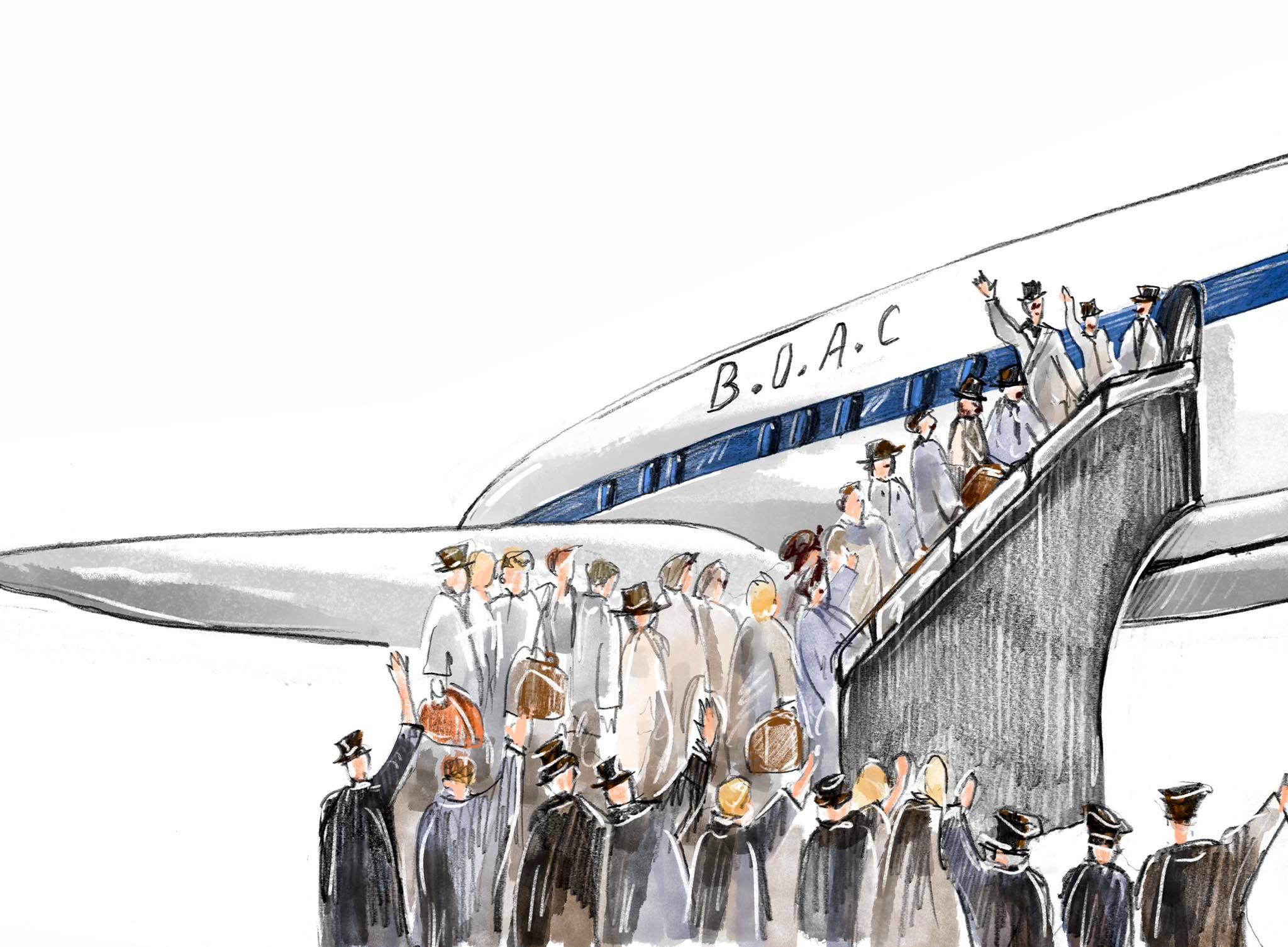
From then on everything changed.
The golden age of aviation started and every country built planes that opened them up to tourists and travel.

The LearJet 23 was launched in 1963 and was the first private jet carrying just 6 people



The Boeing 707 was the first hugely successful commercial jet and used for more than 50 years carrying 200 people at a time
The Boeing 747 was the worlds biggest plane from 1970 and could carry upto 524 people until the Airbus A380 took over in 2005 carrying upto 853 passengers!
The biggest plane is the A300 Beluga (called that because it looks like a whale)
It has an oversized body to carry huge cargo instead of passengers

The cutest plane ever is the one in my head that flies me around wherever I like!


helicopters


Concorde

hot air balloons

Don't forget there are a mass of other amazing things that fly in the air!


